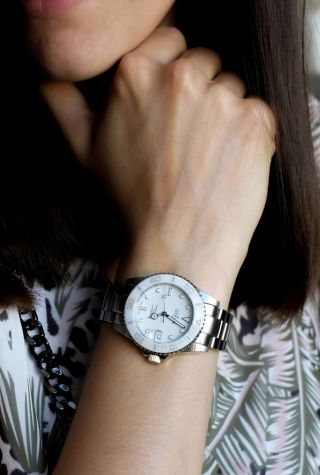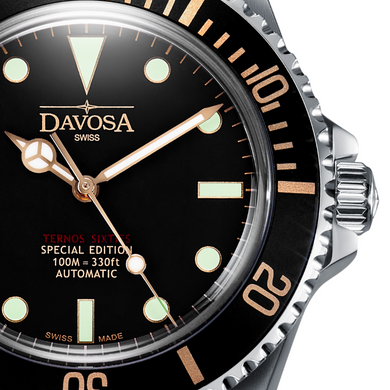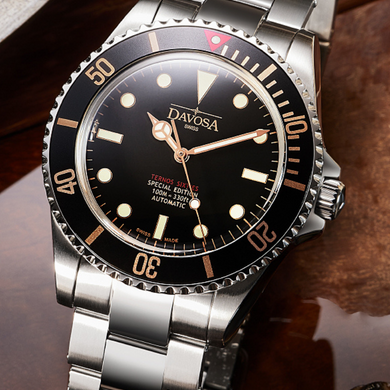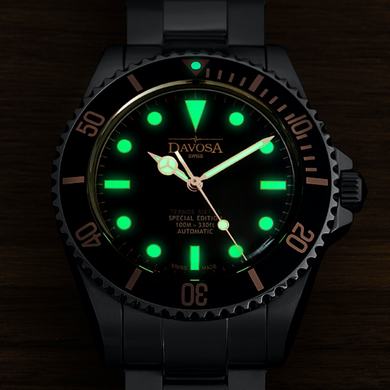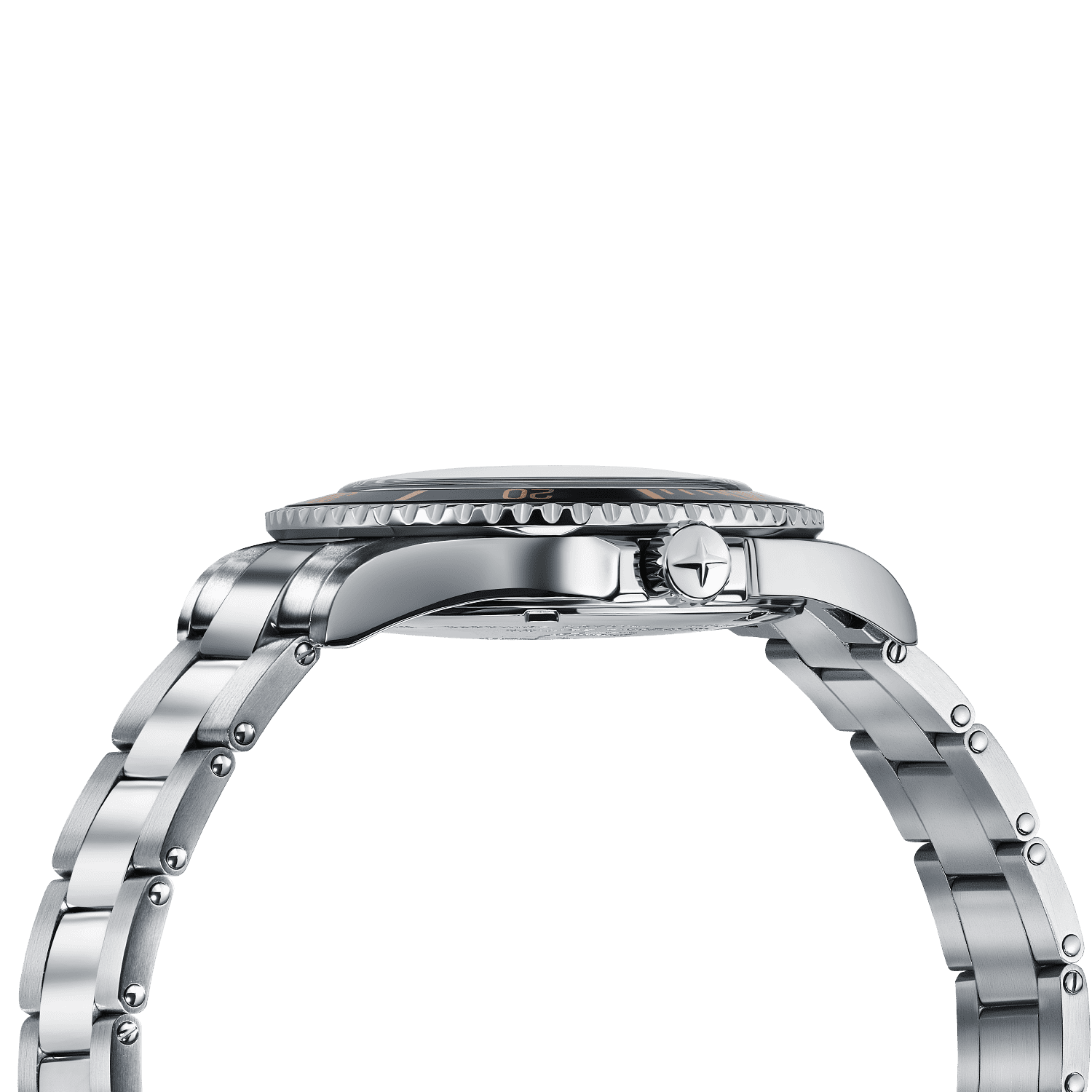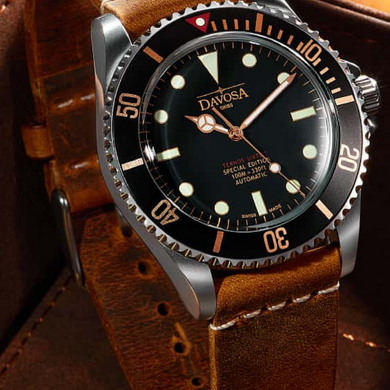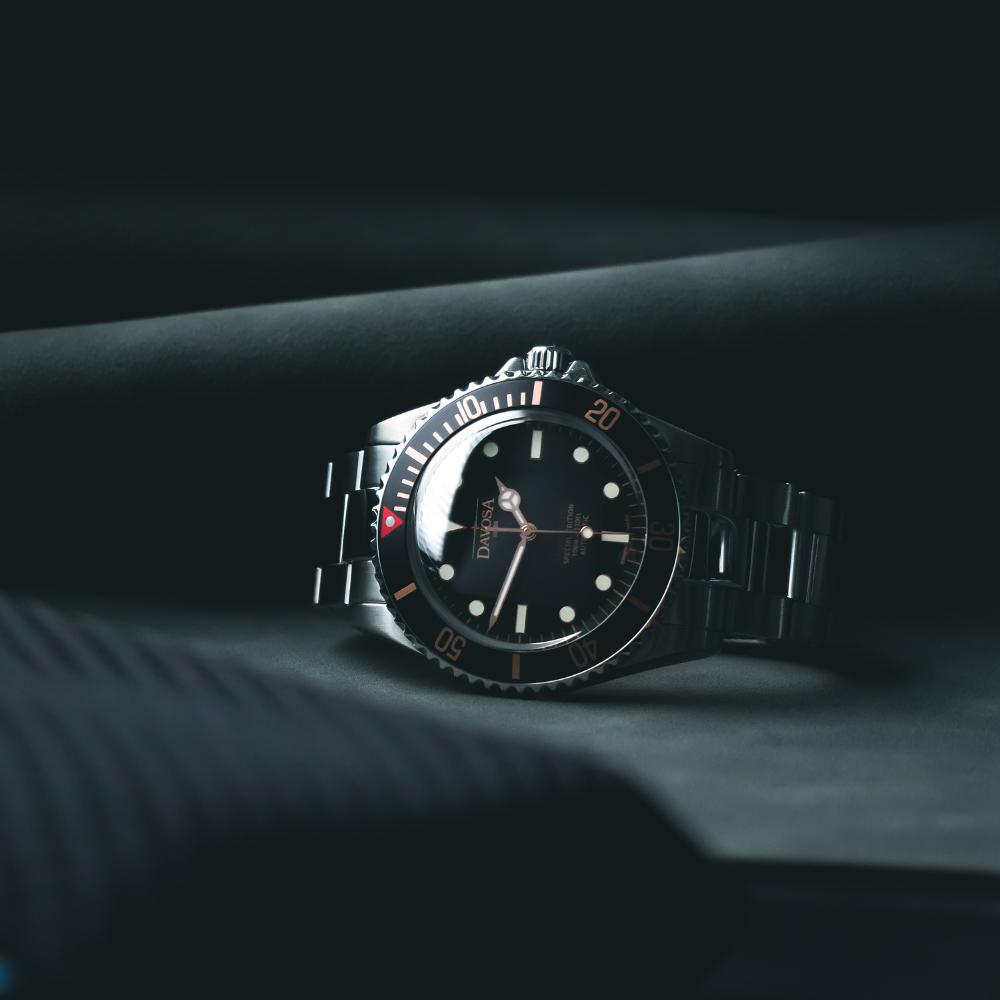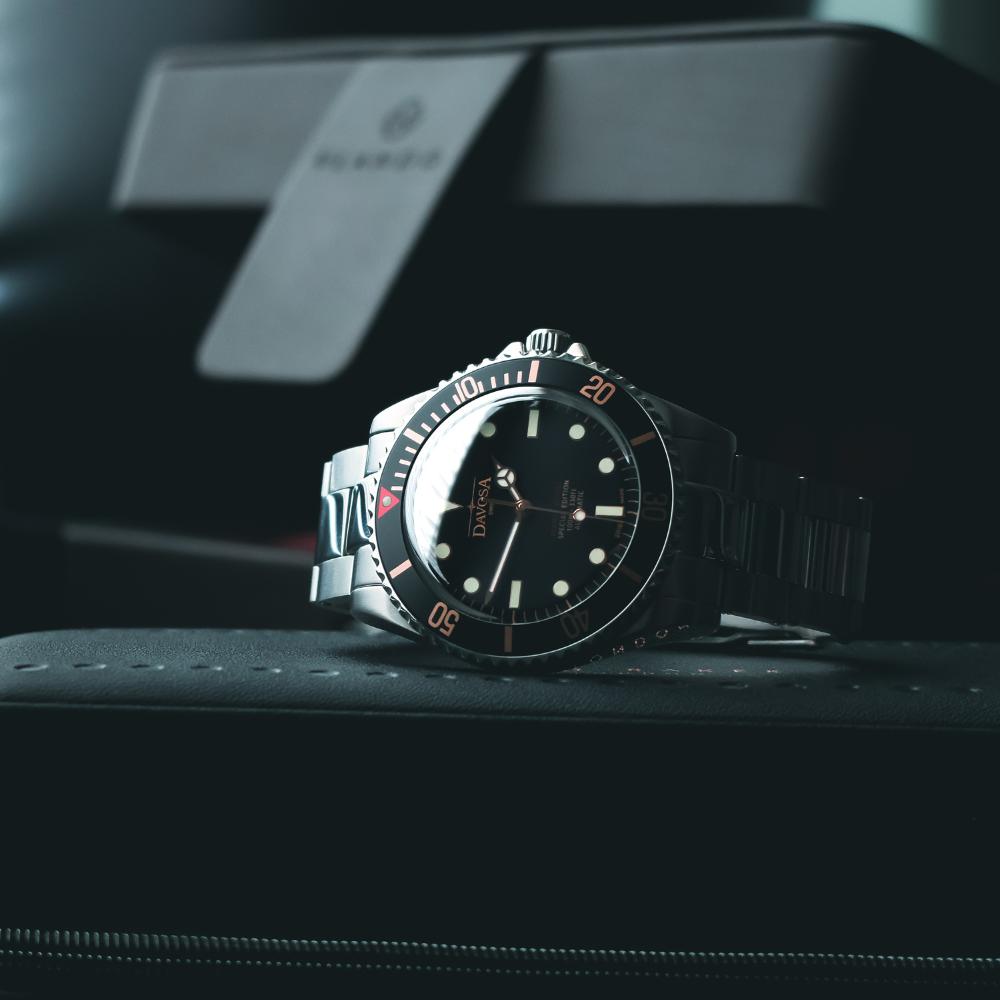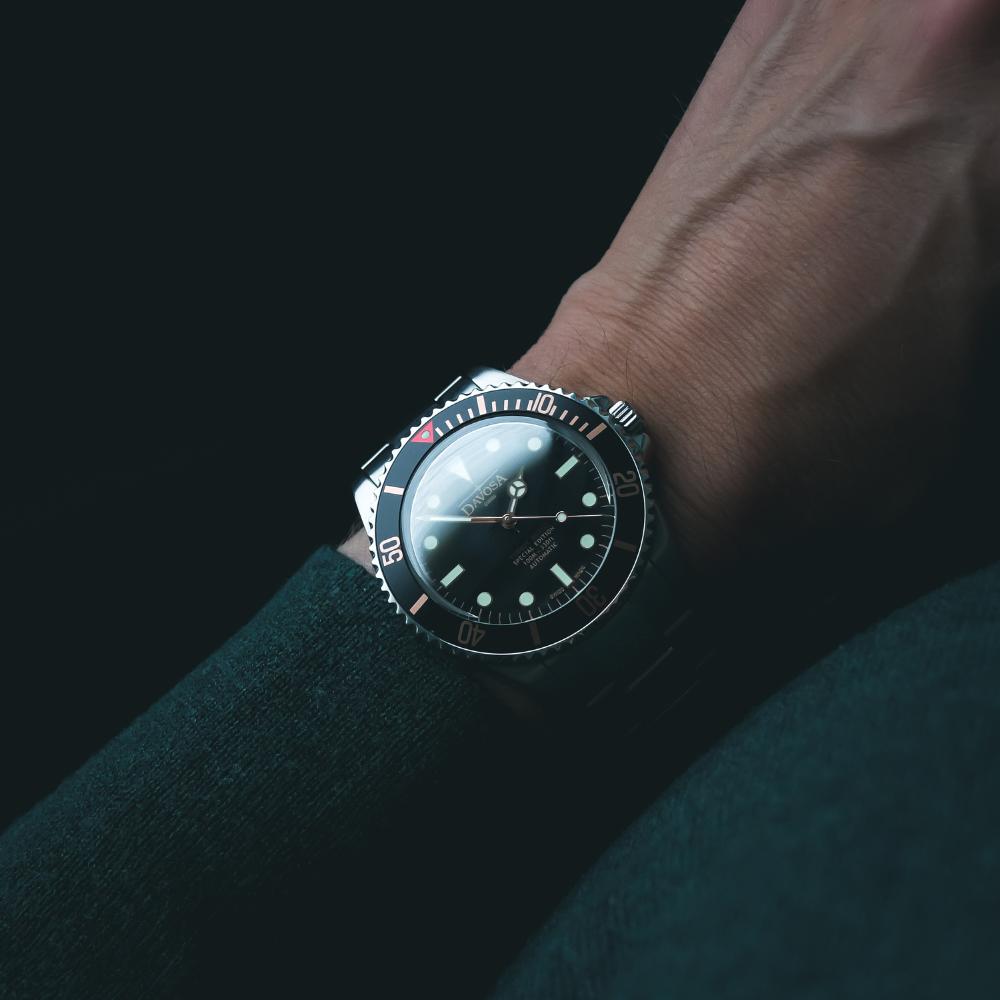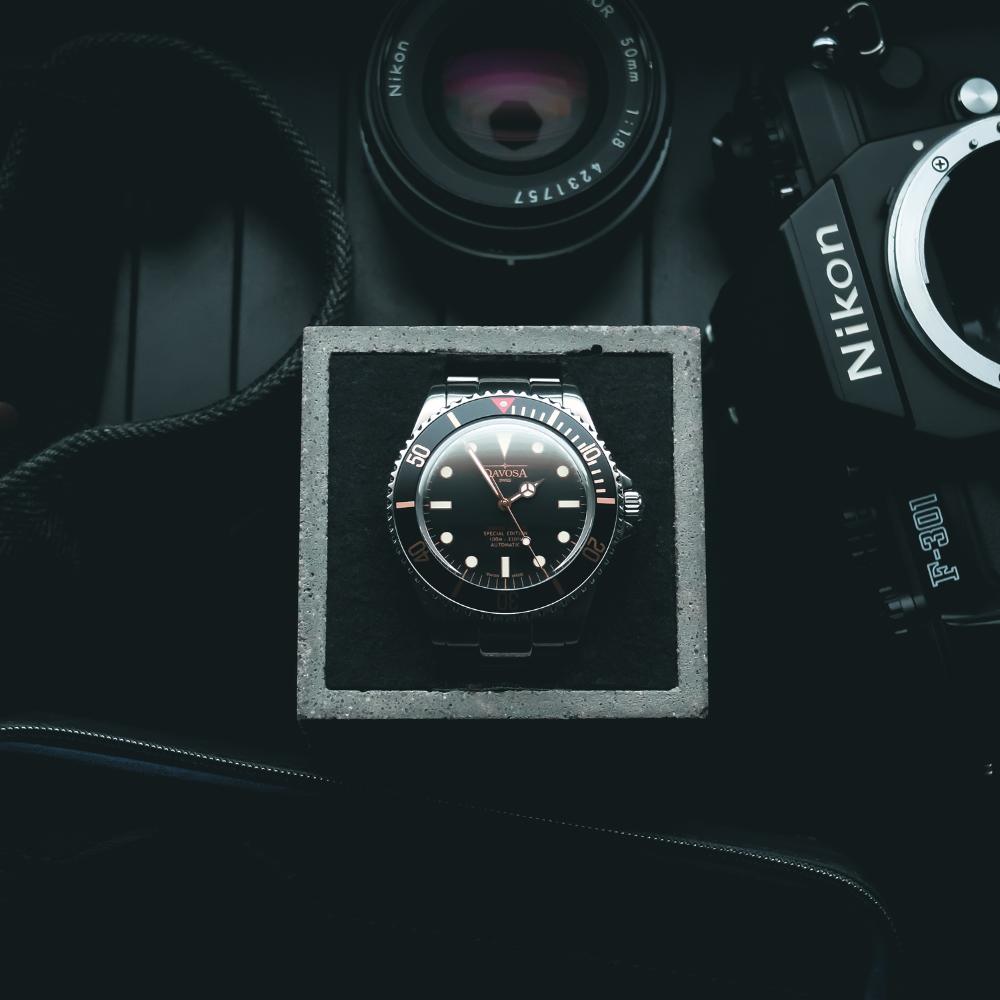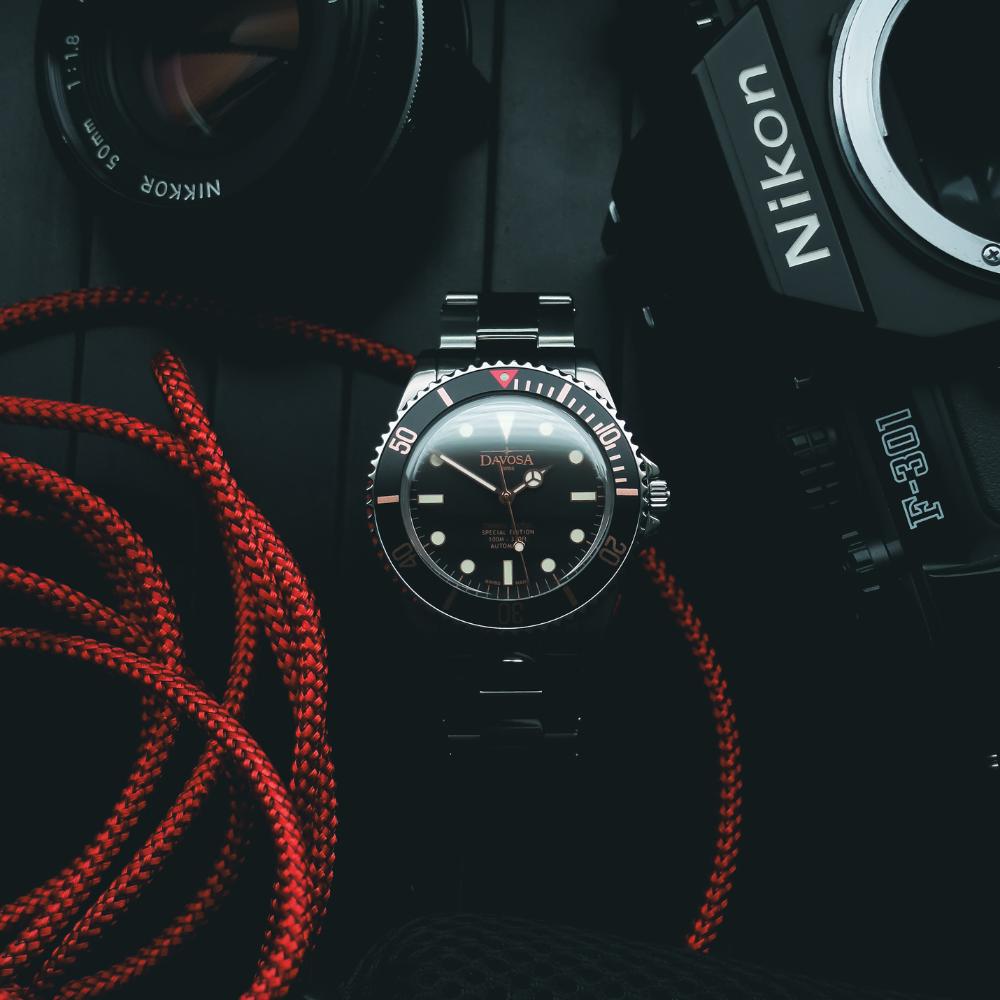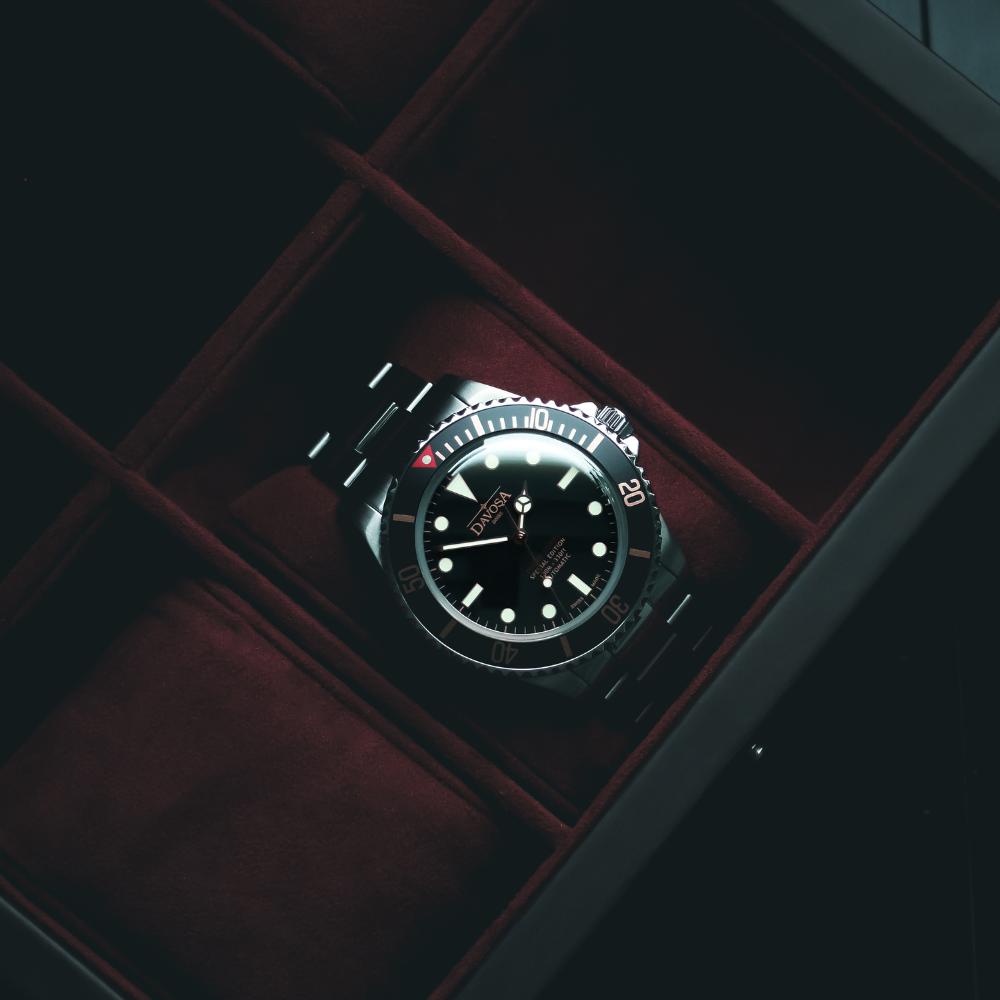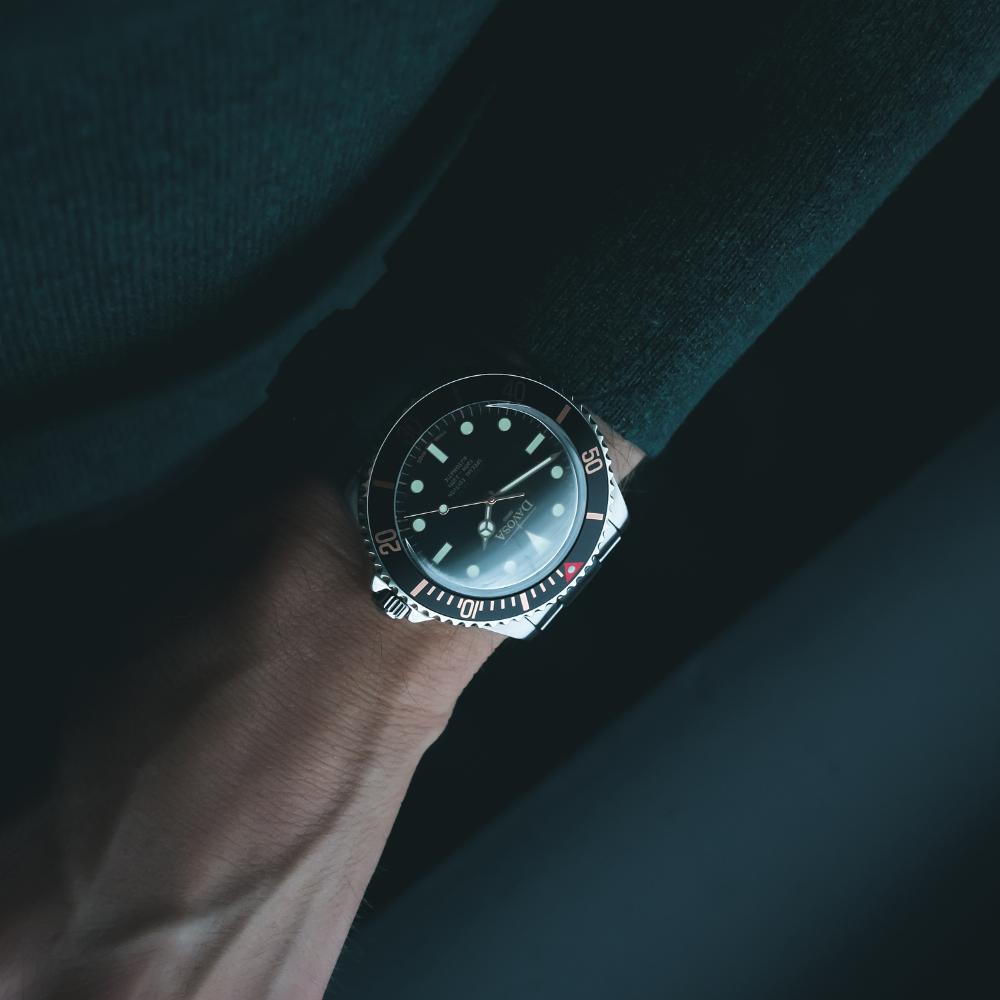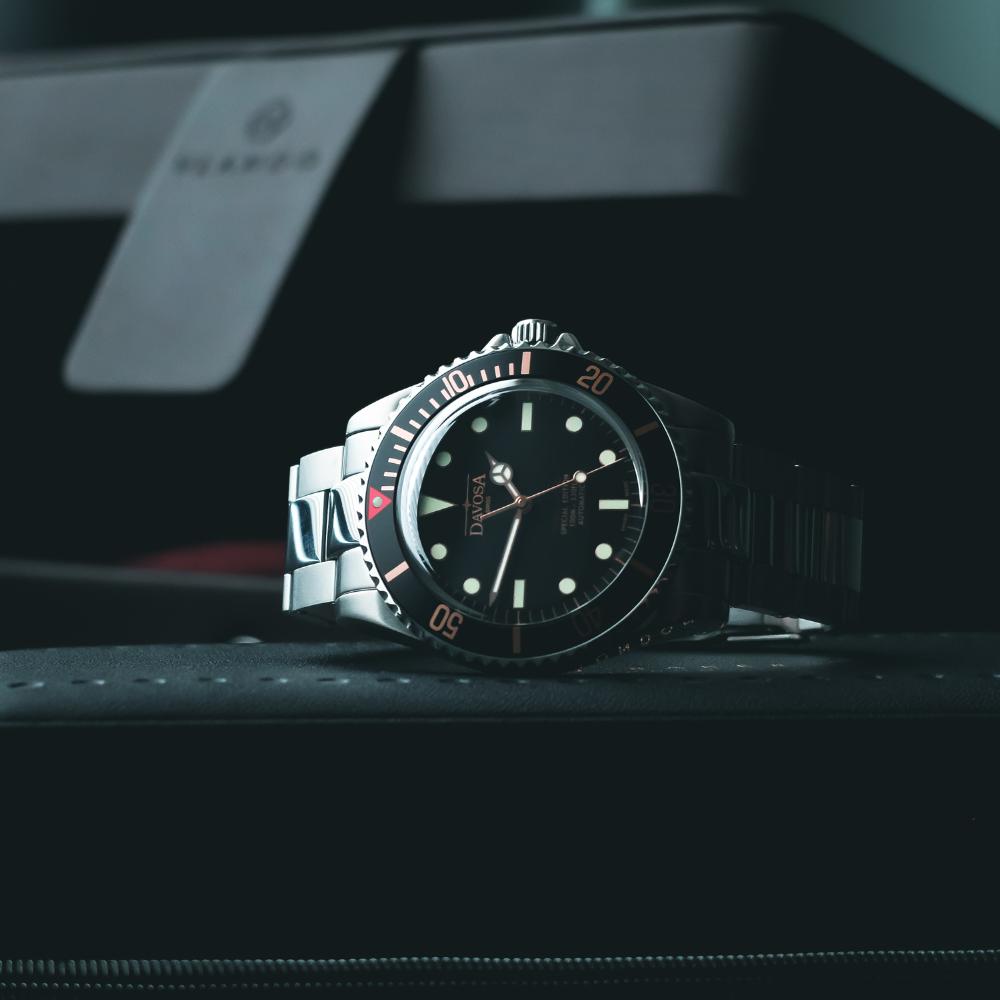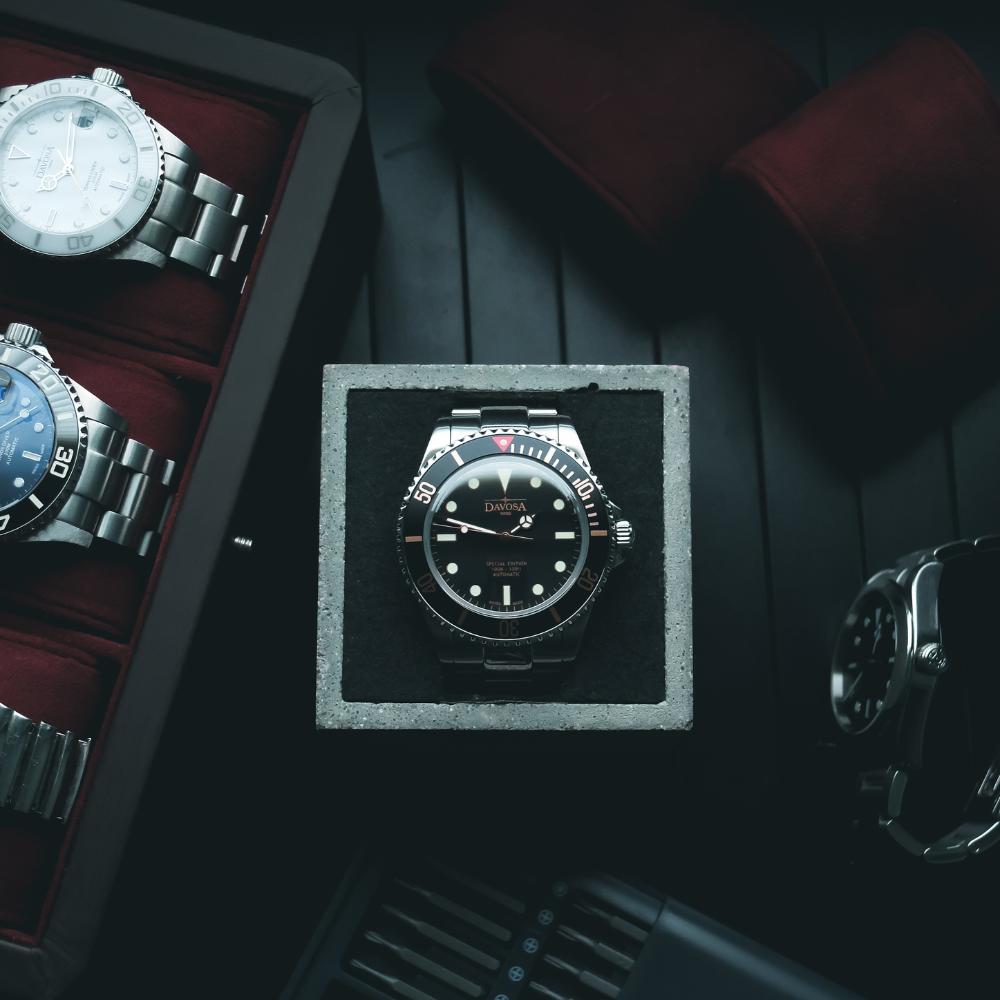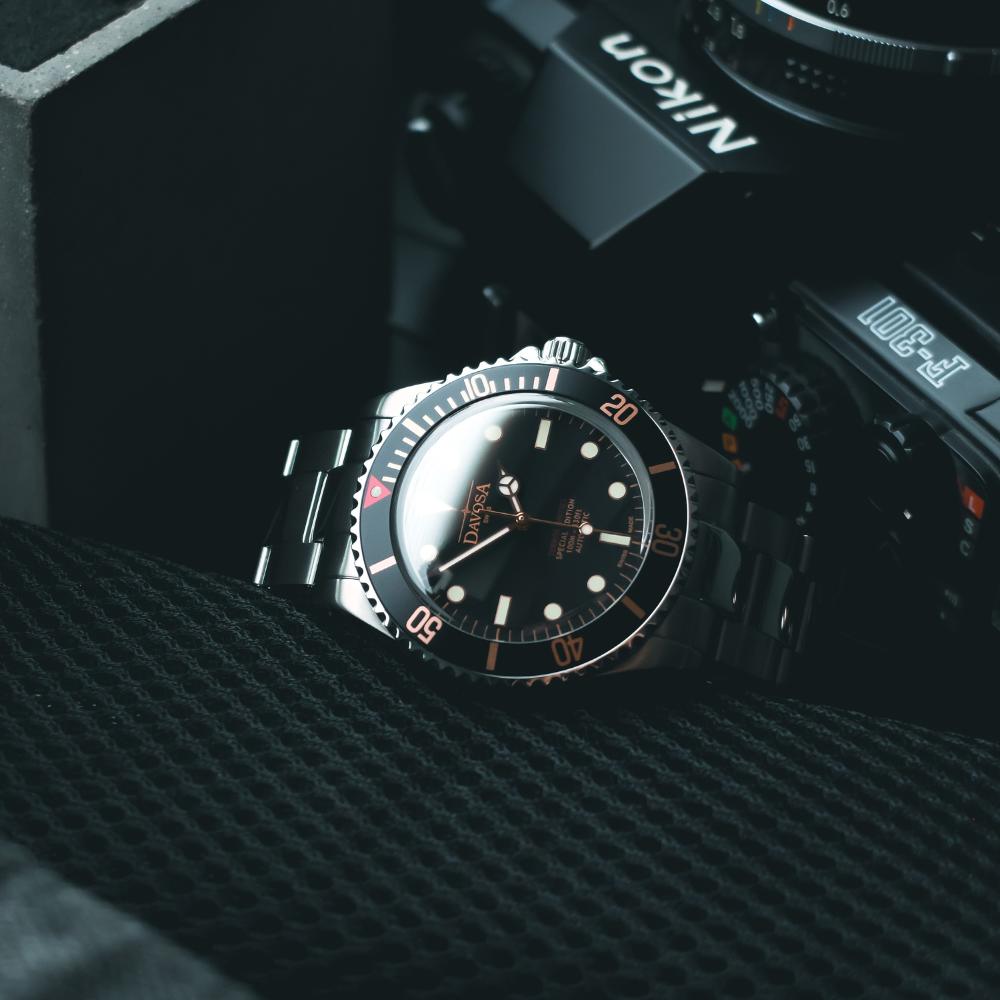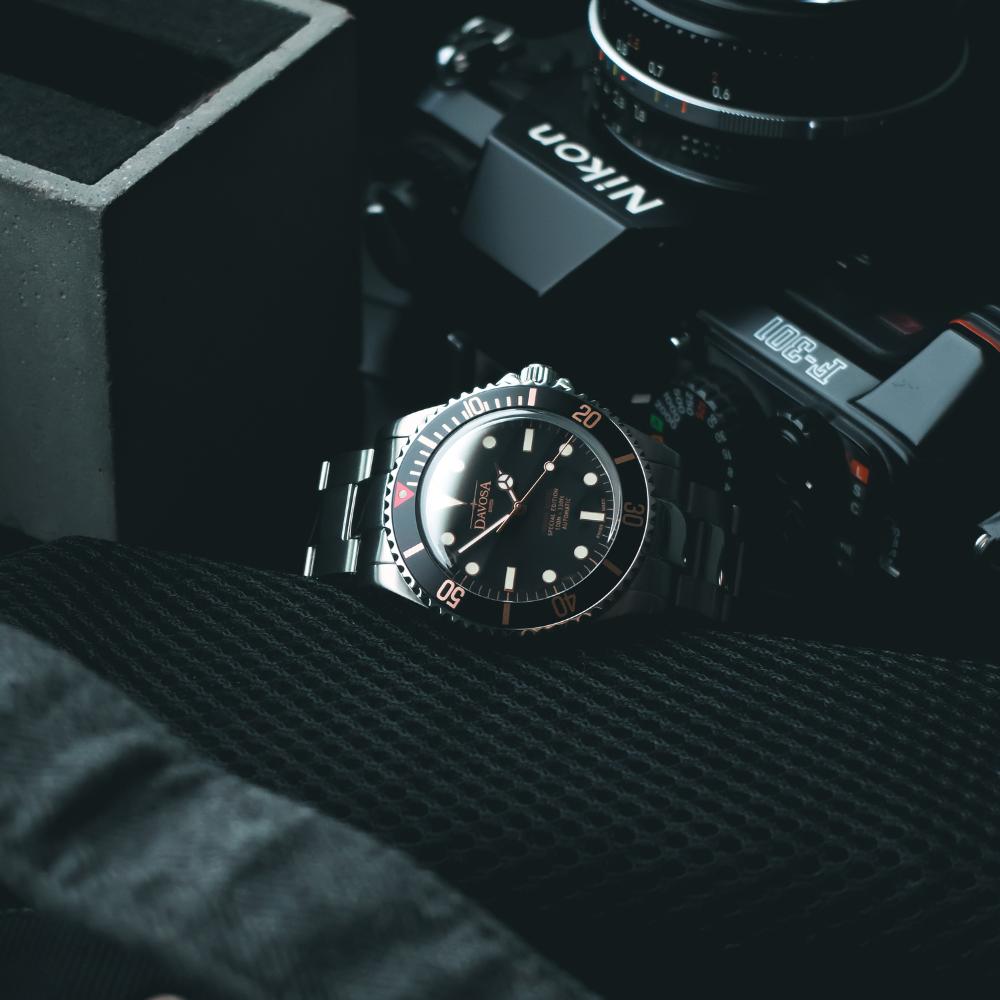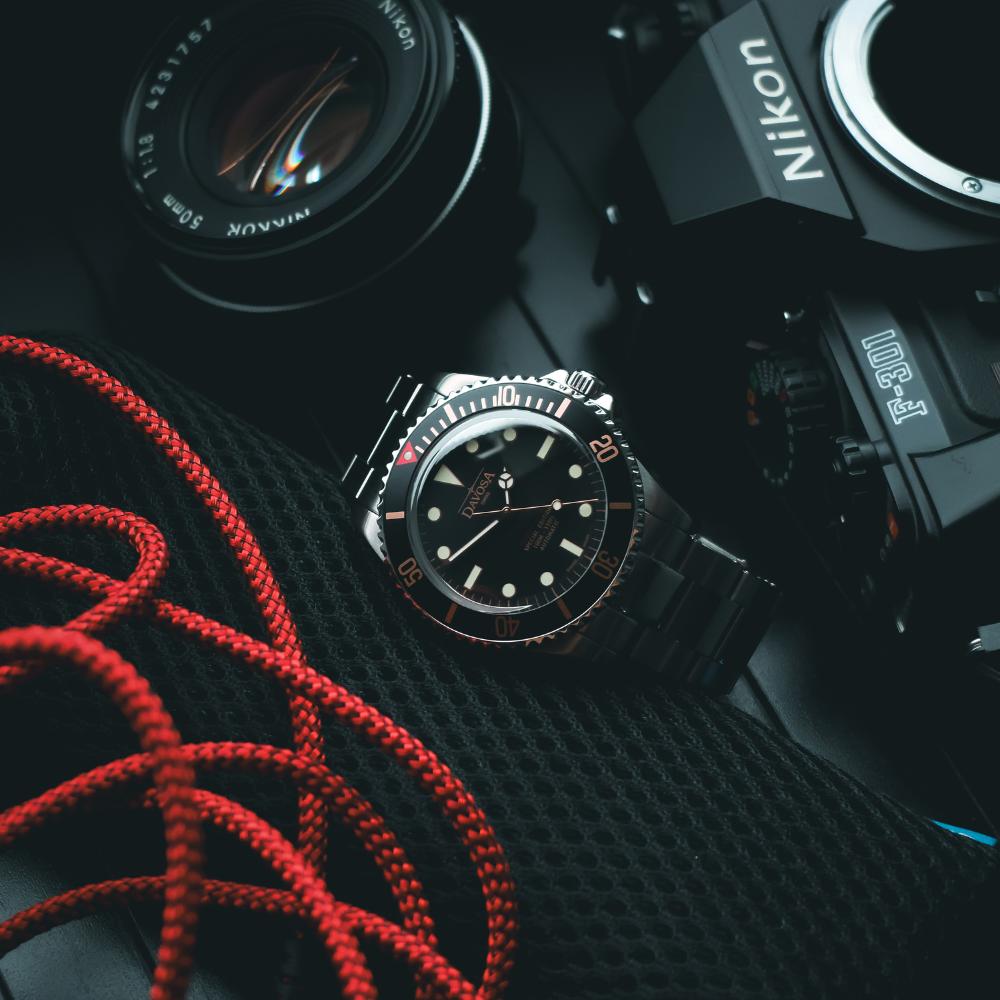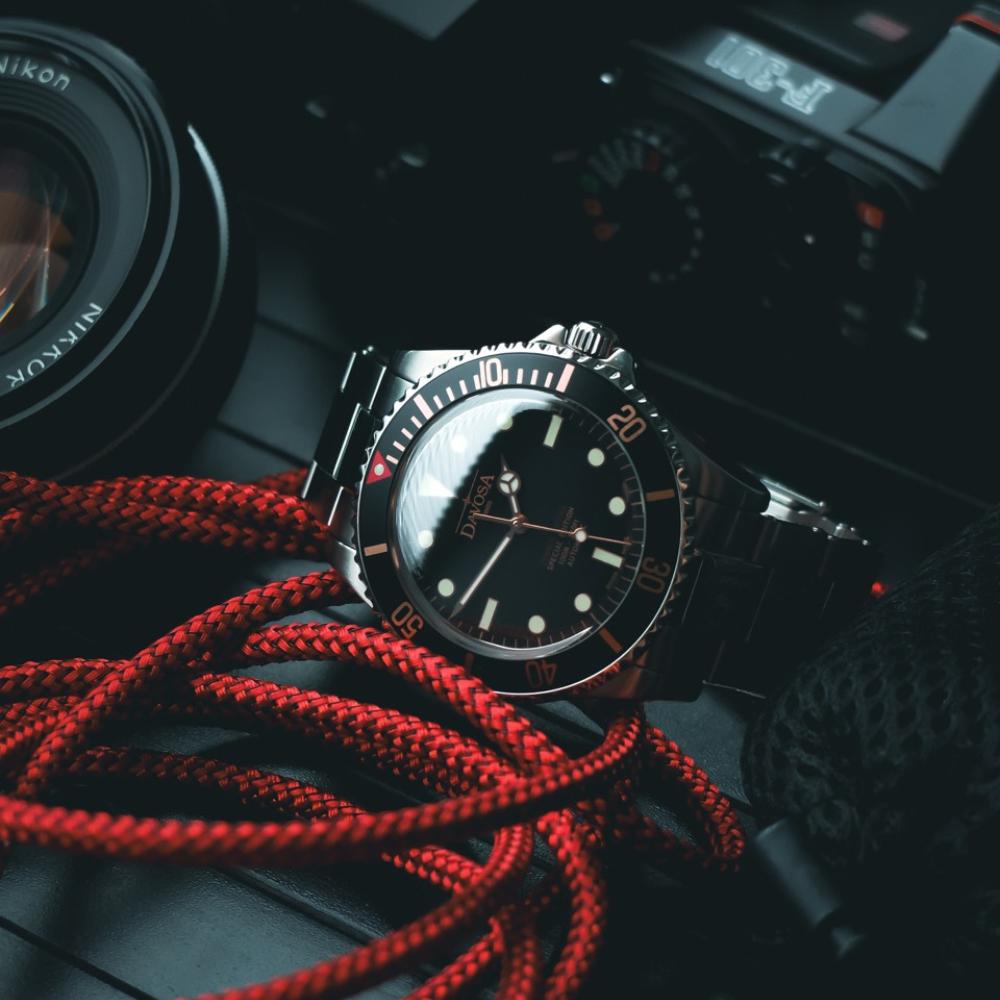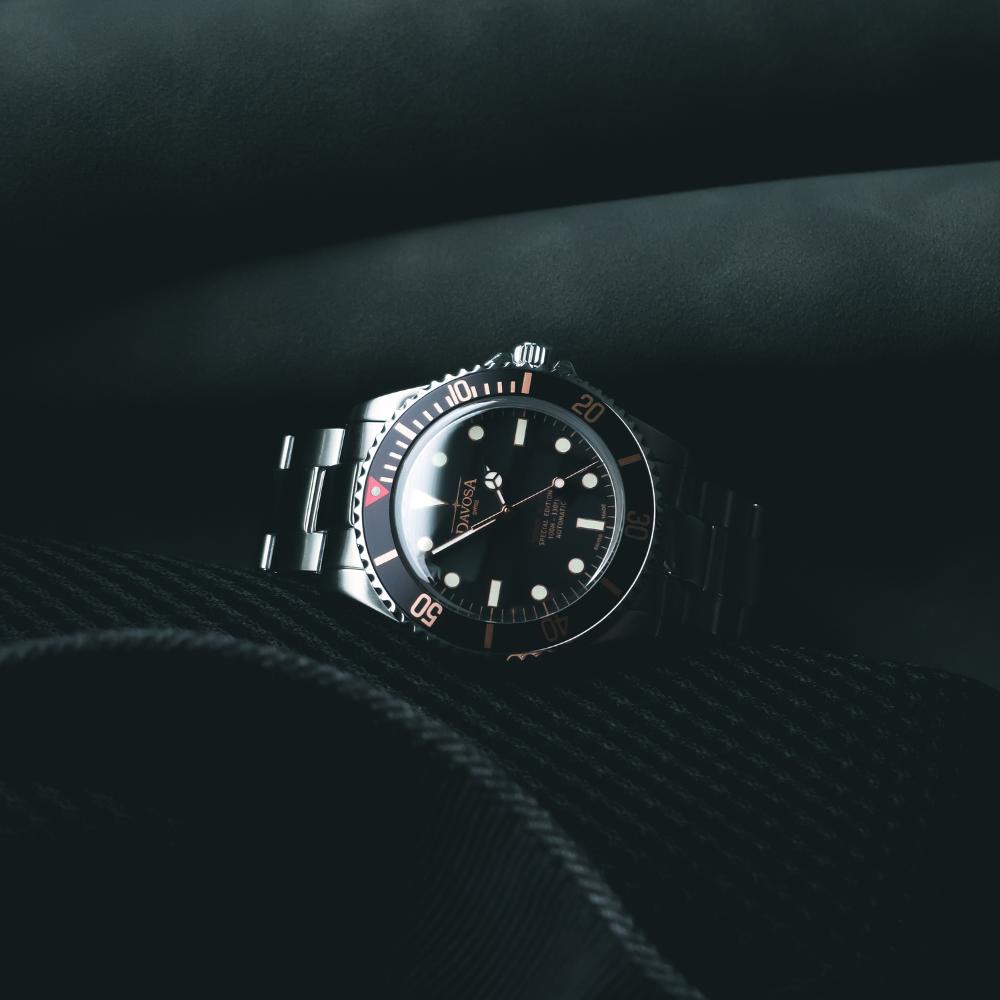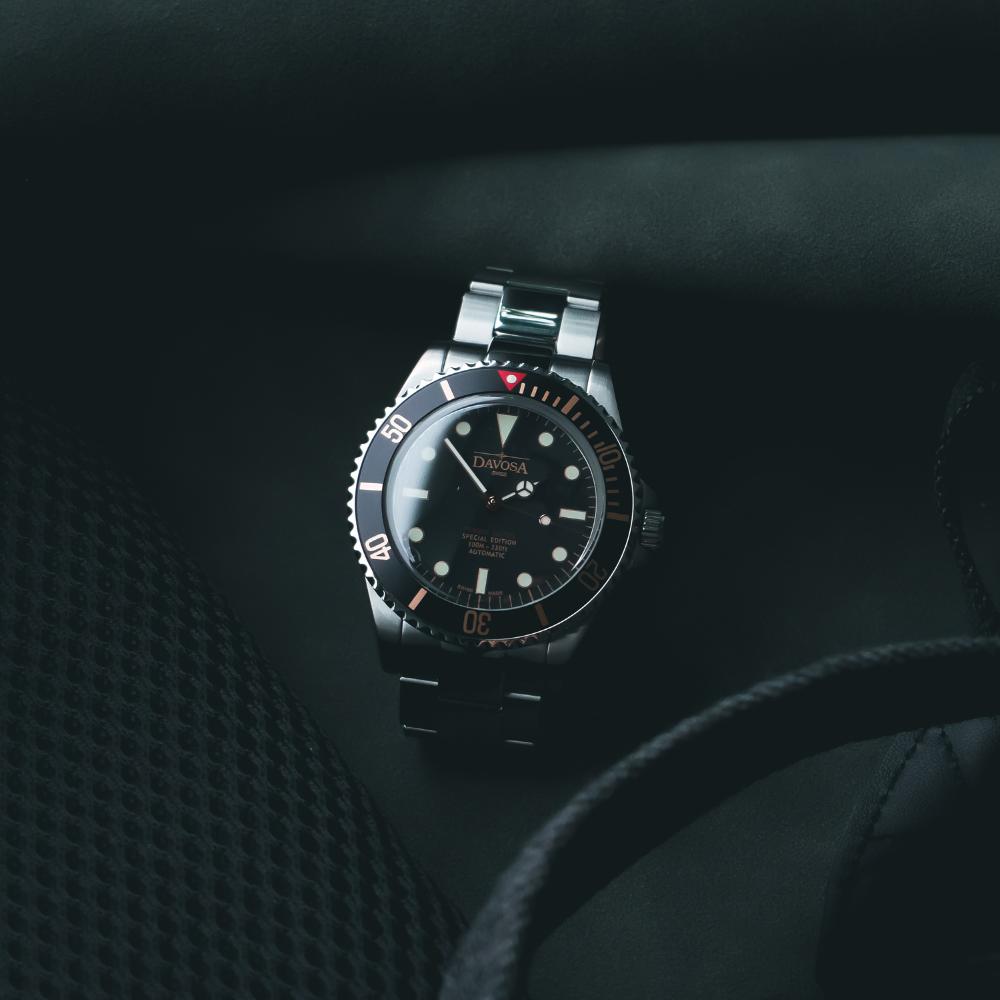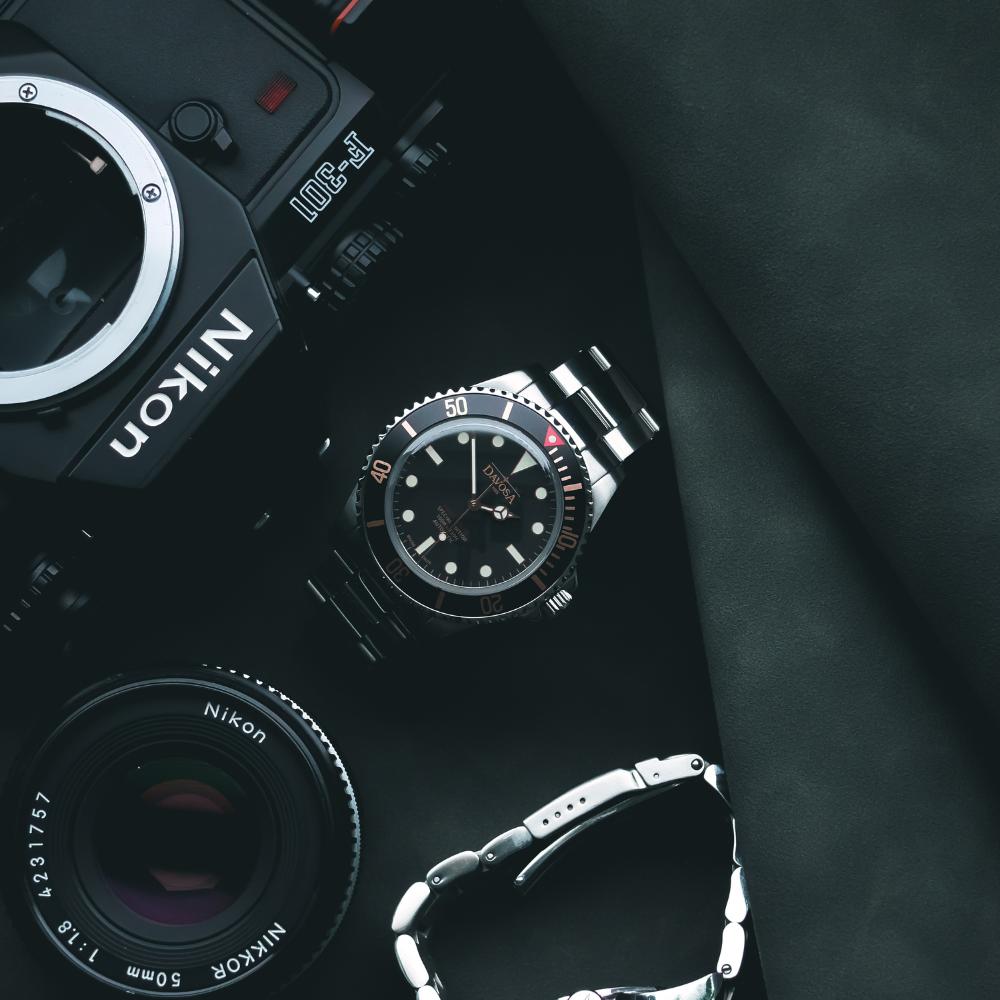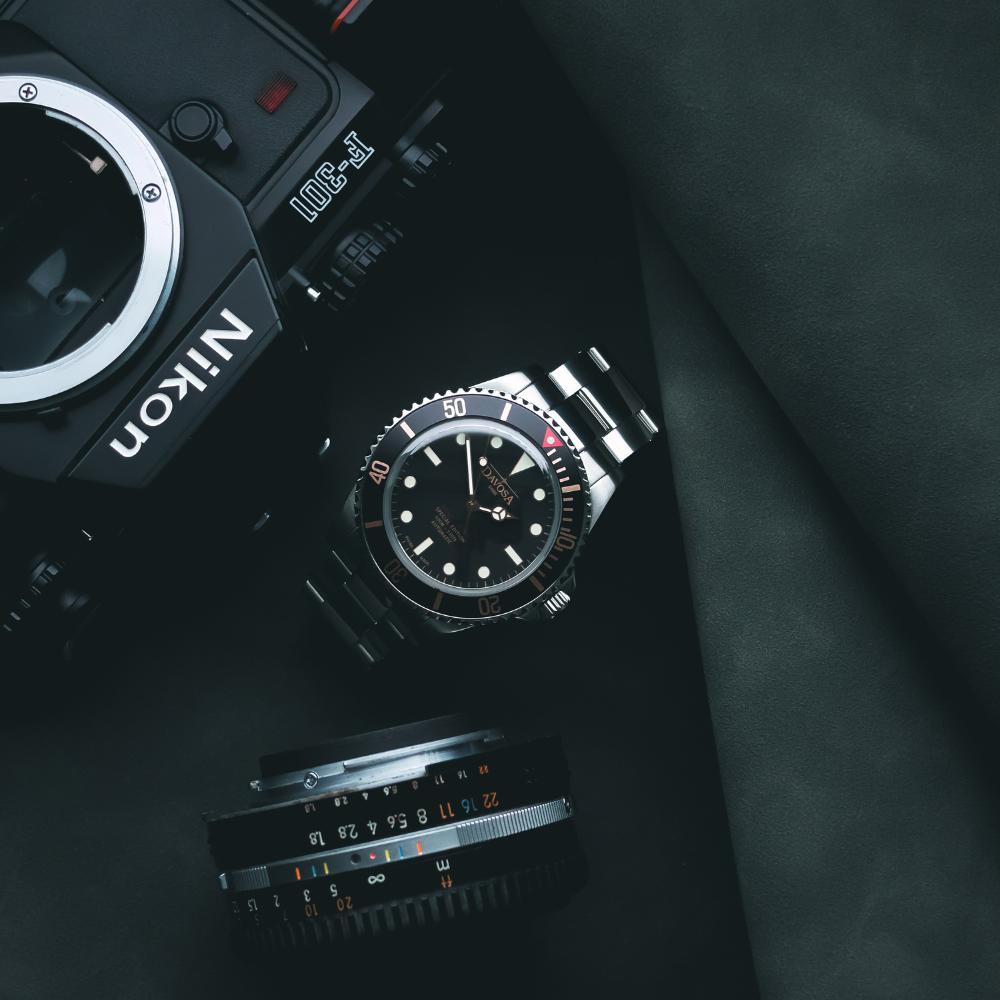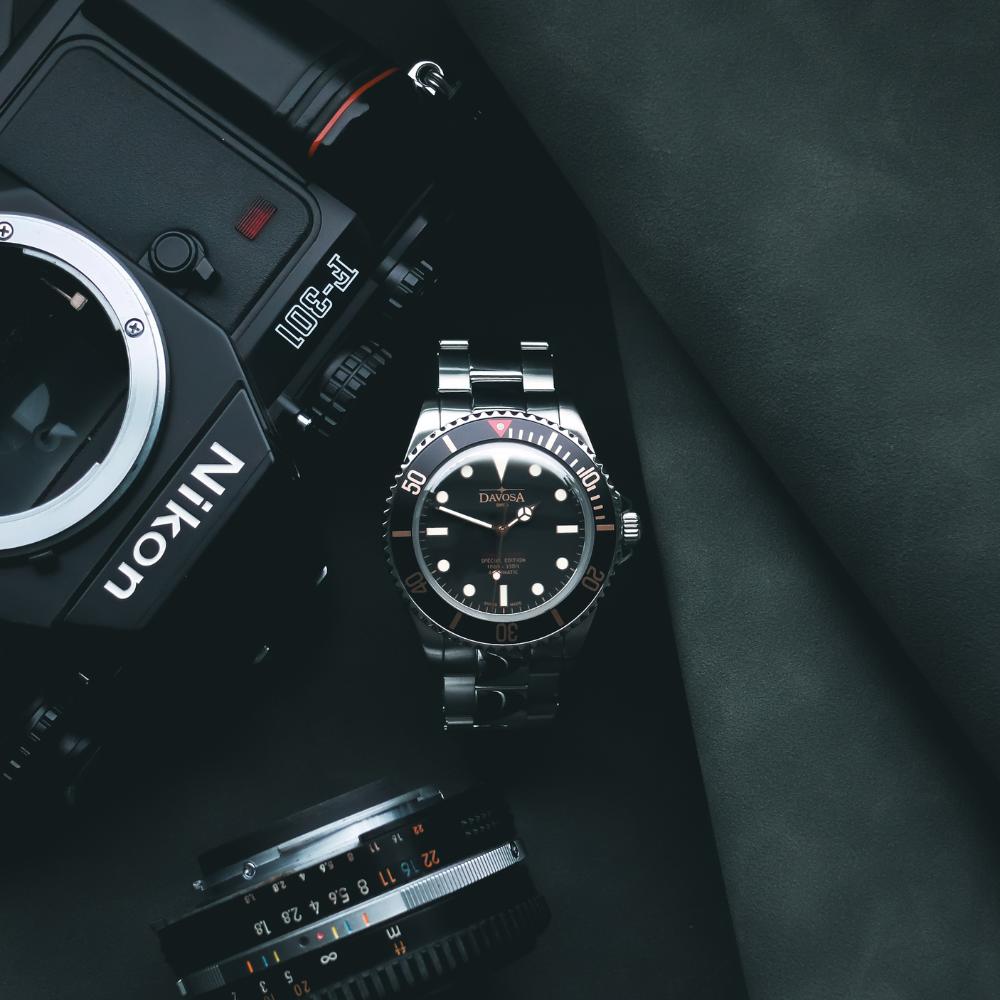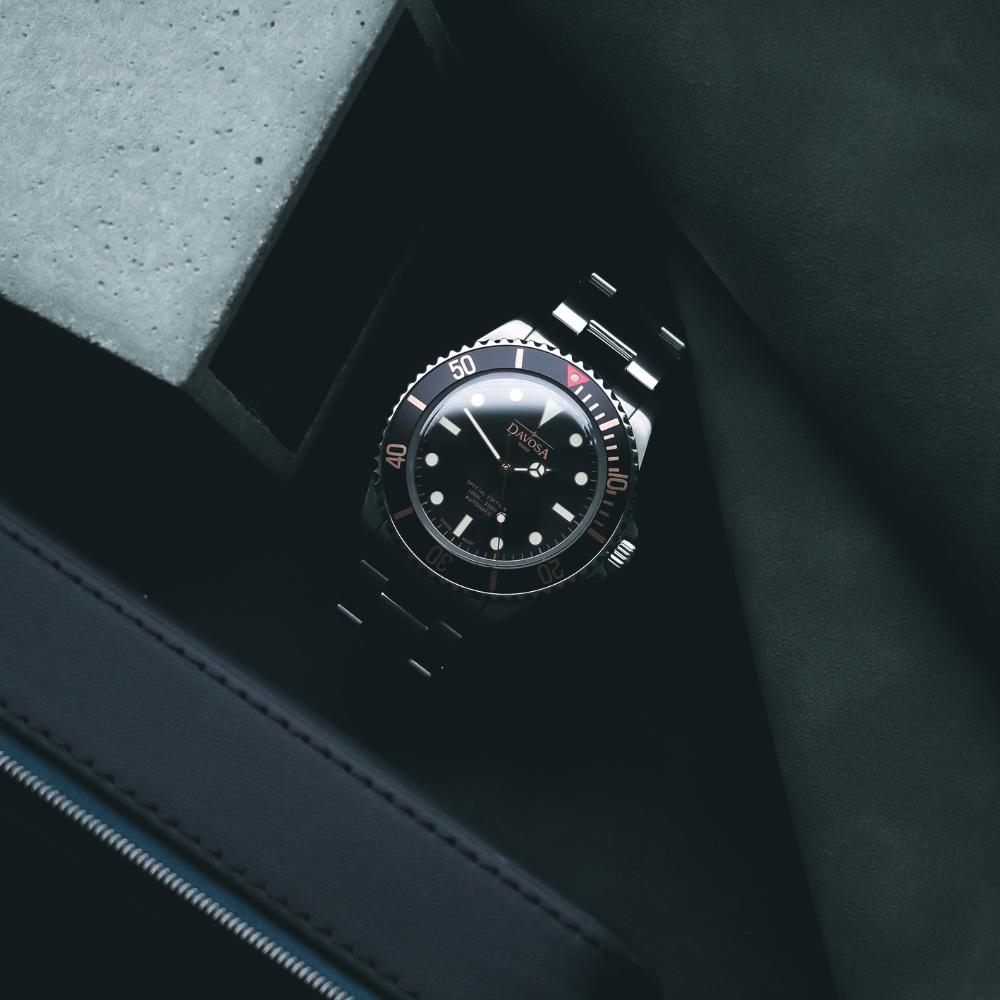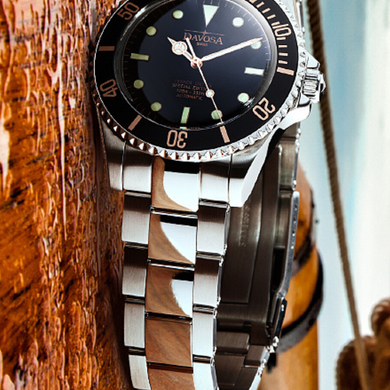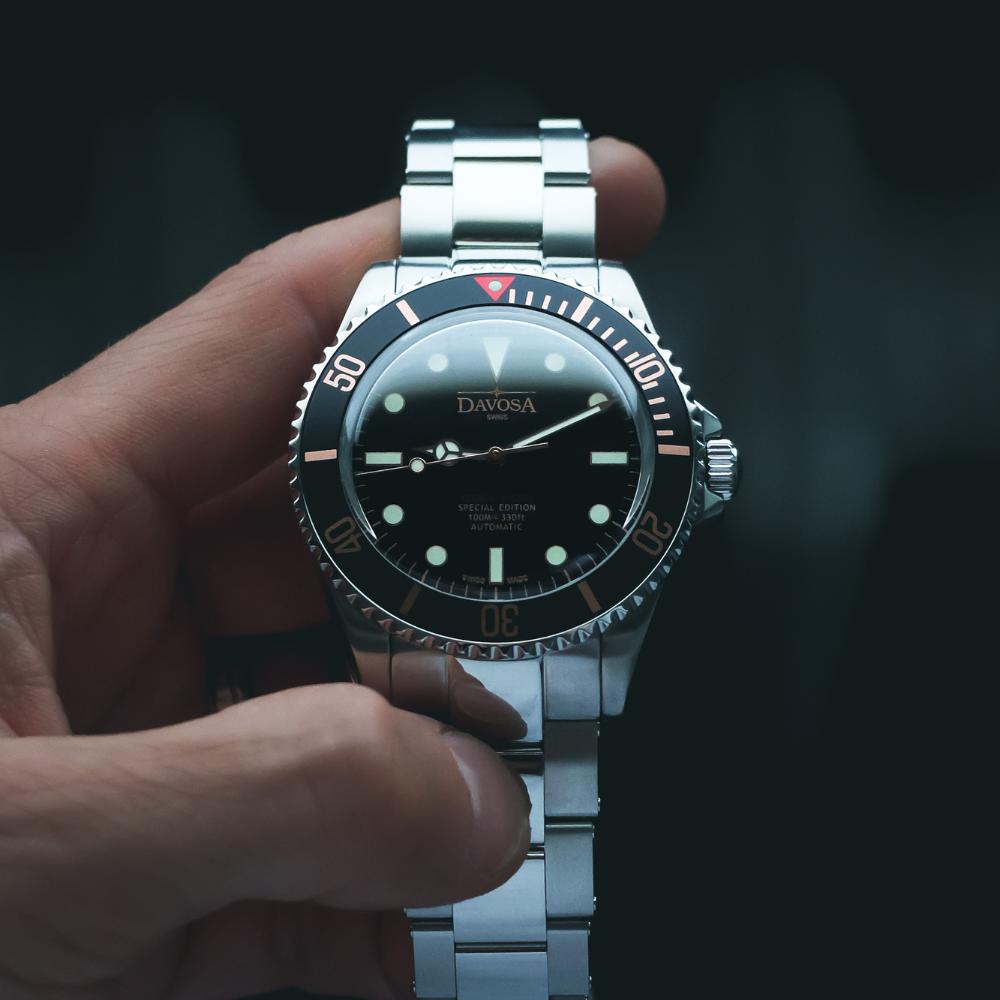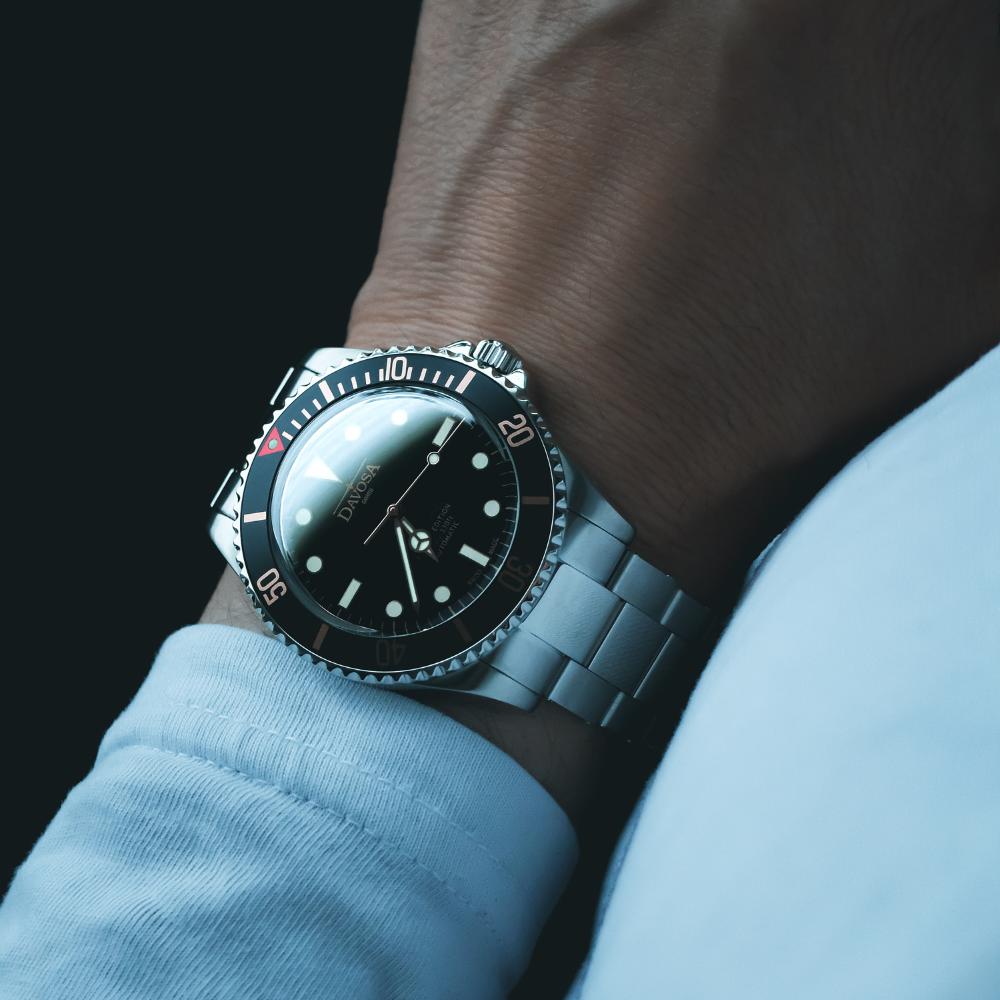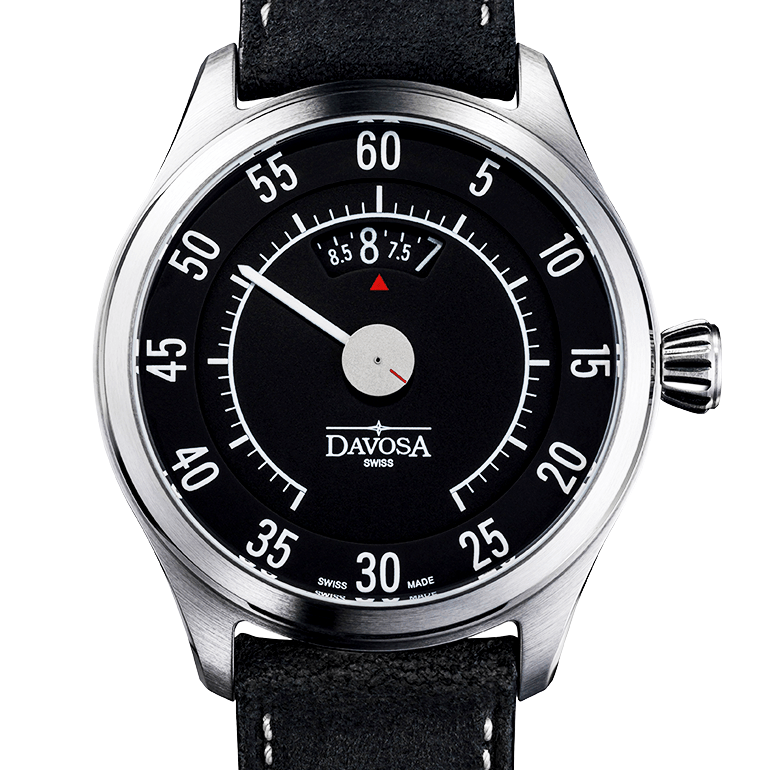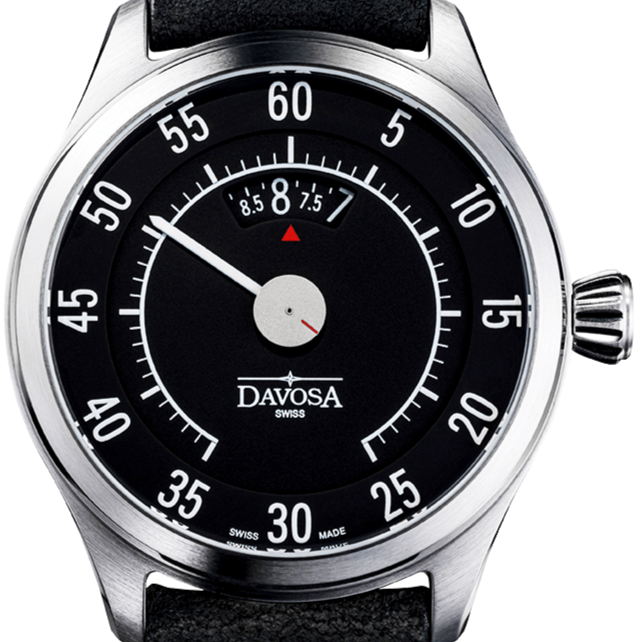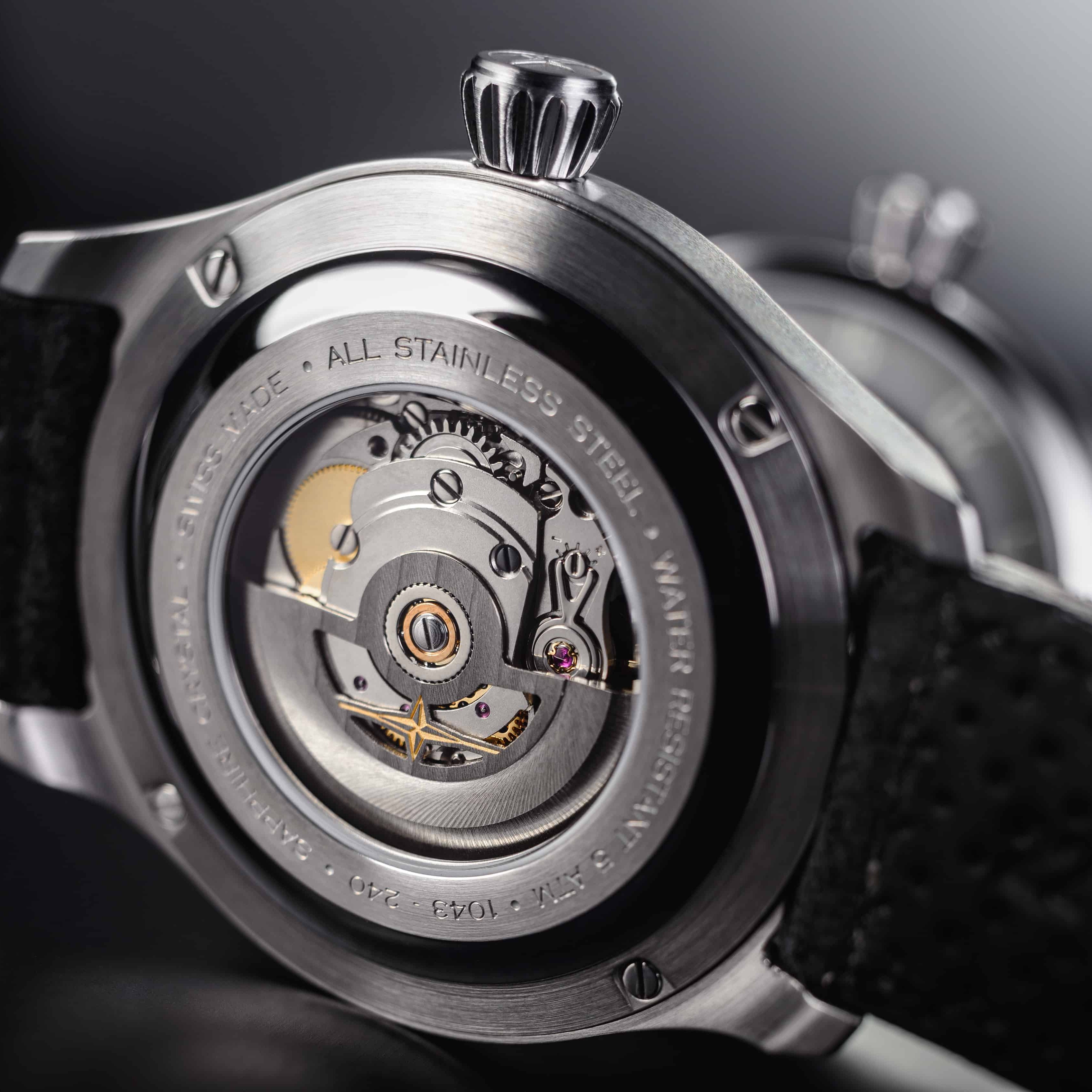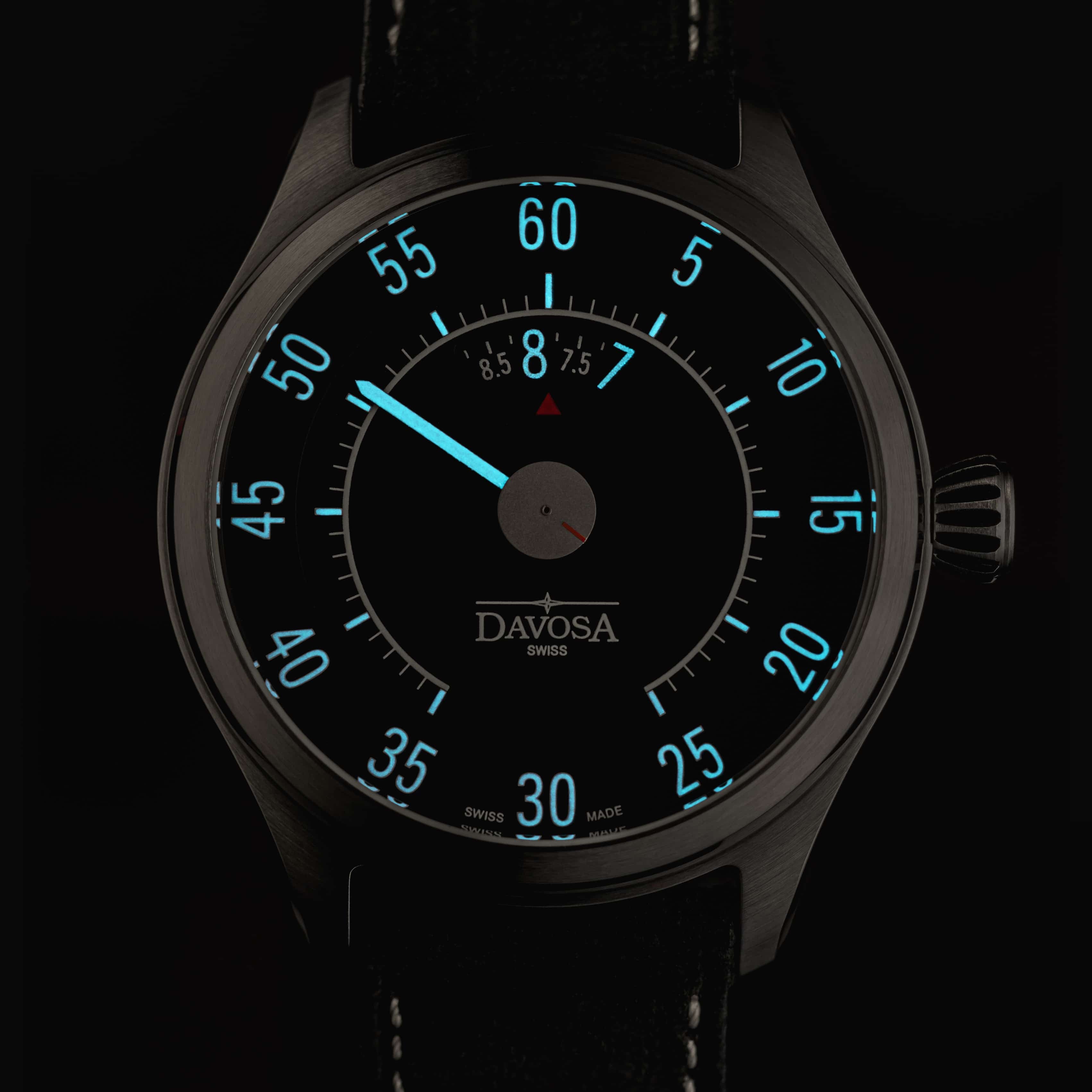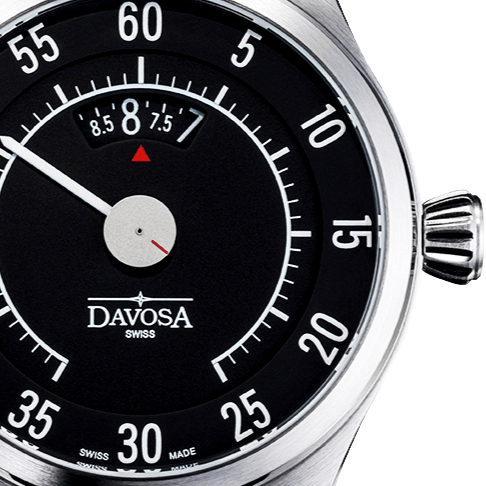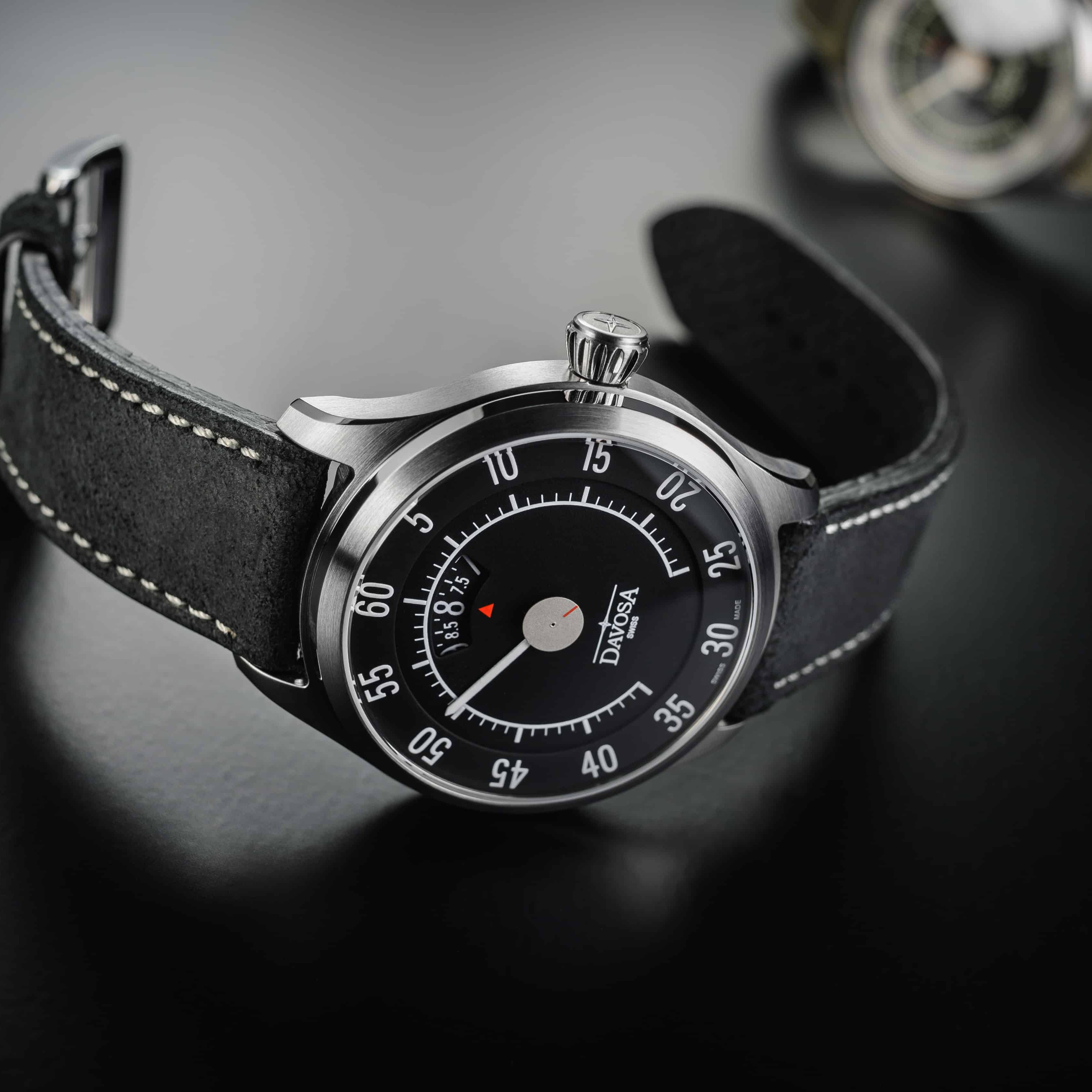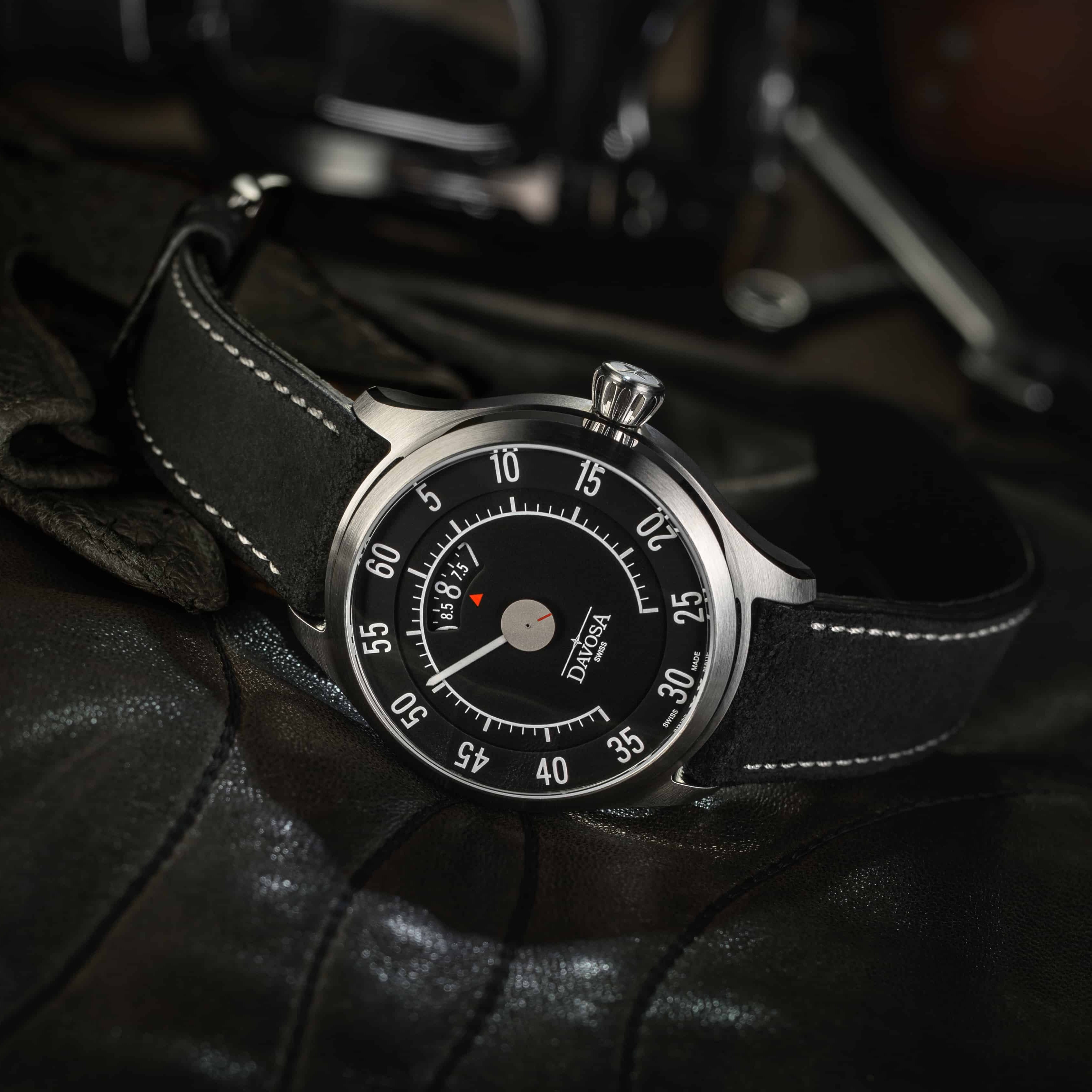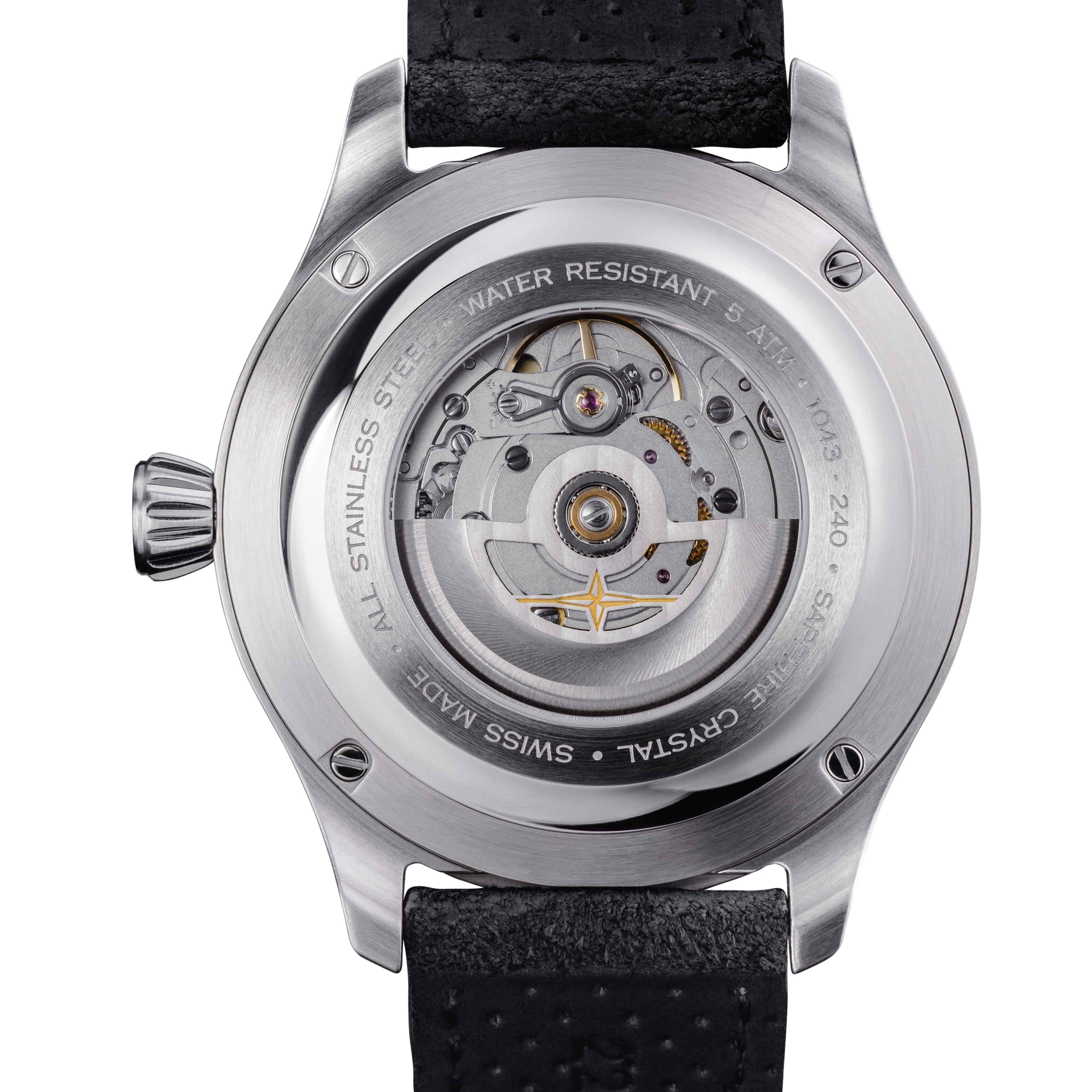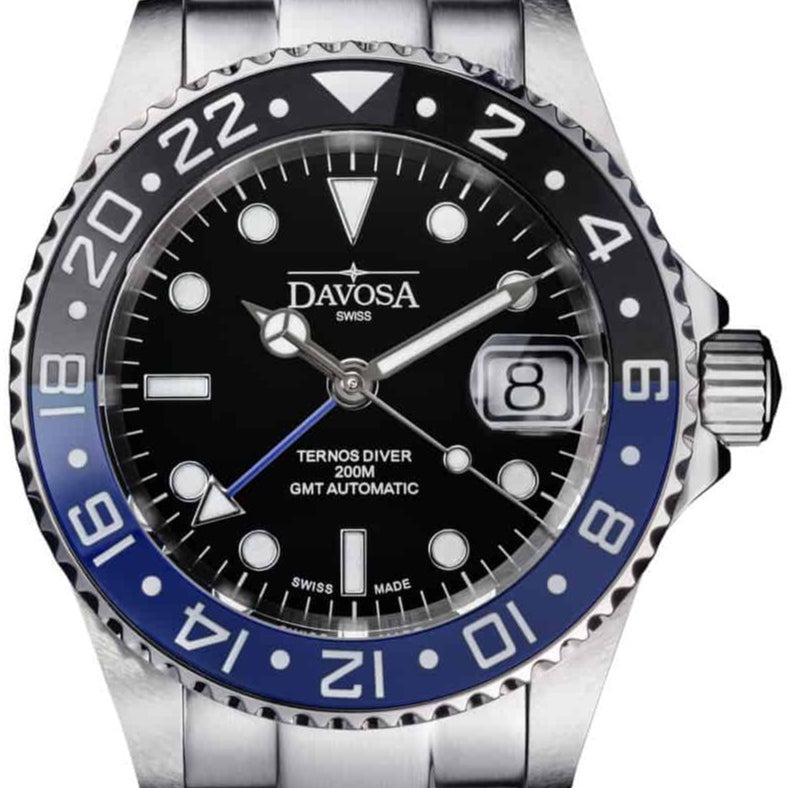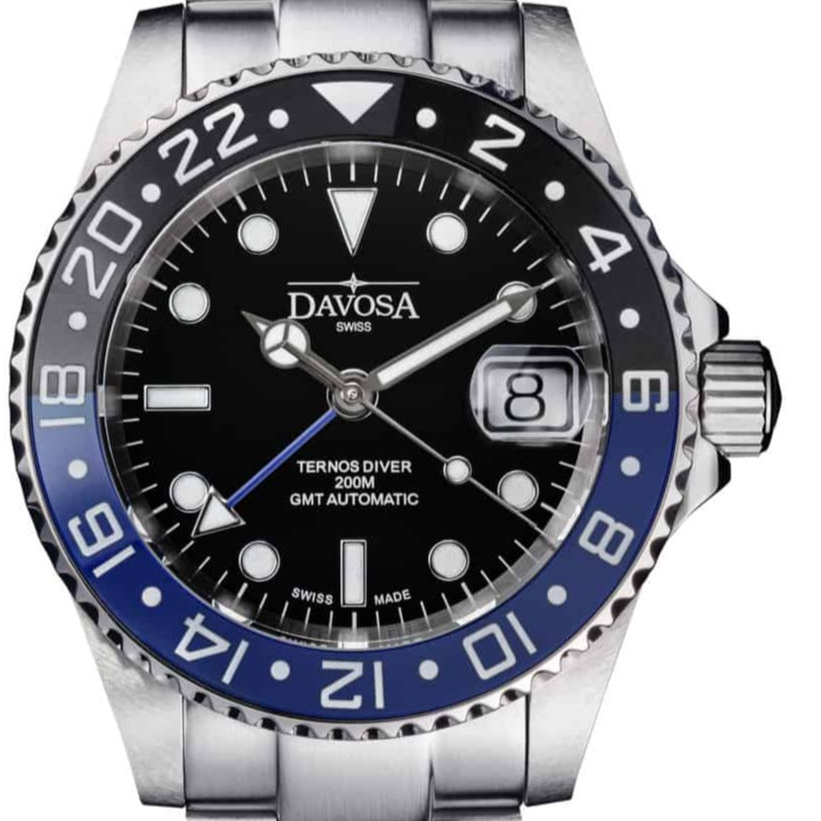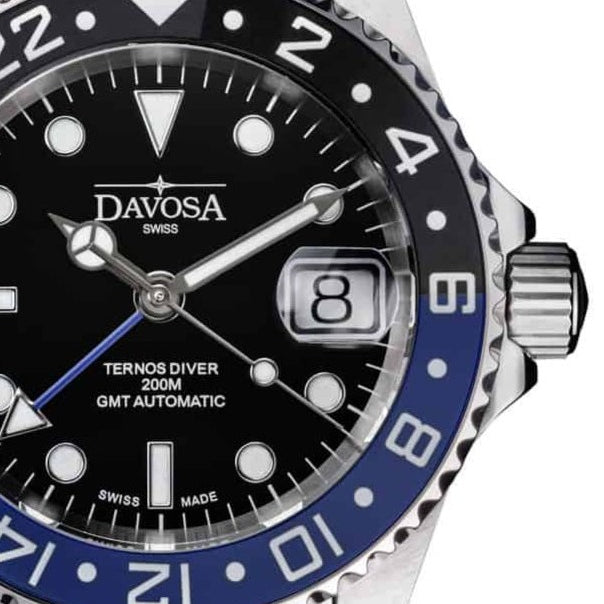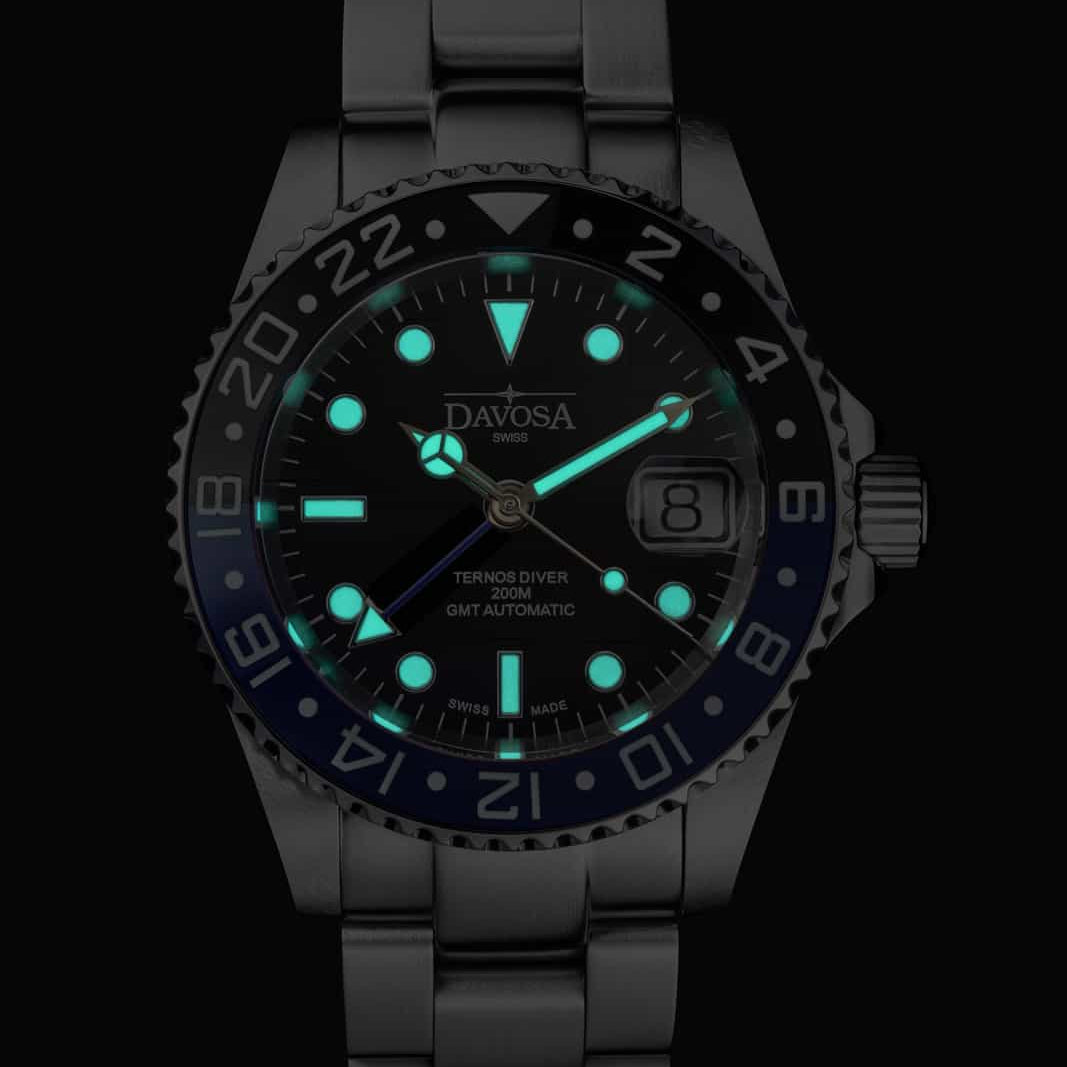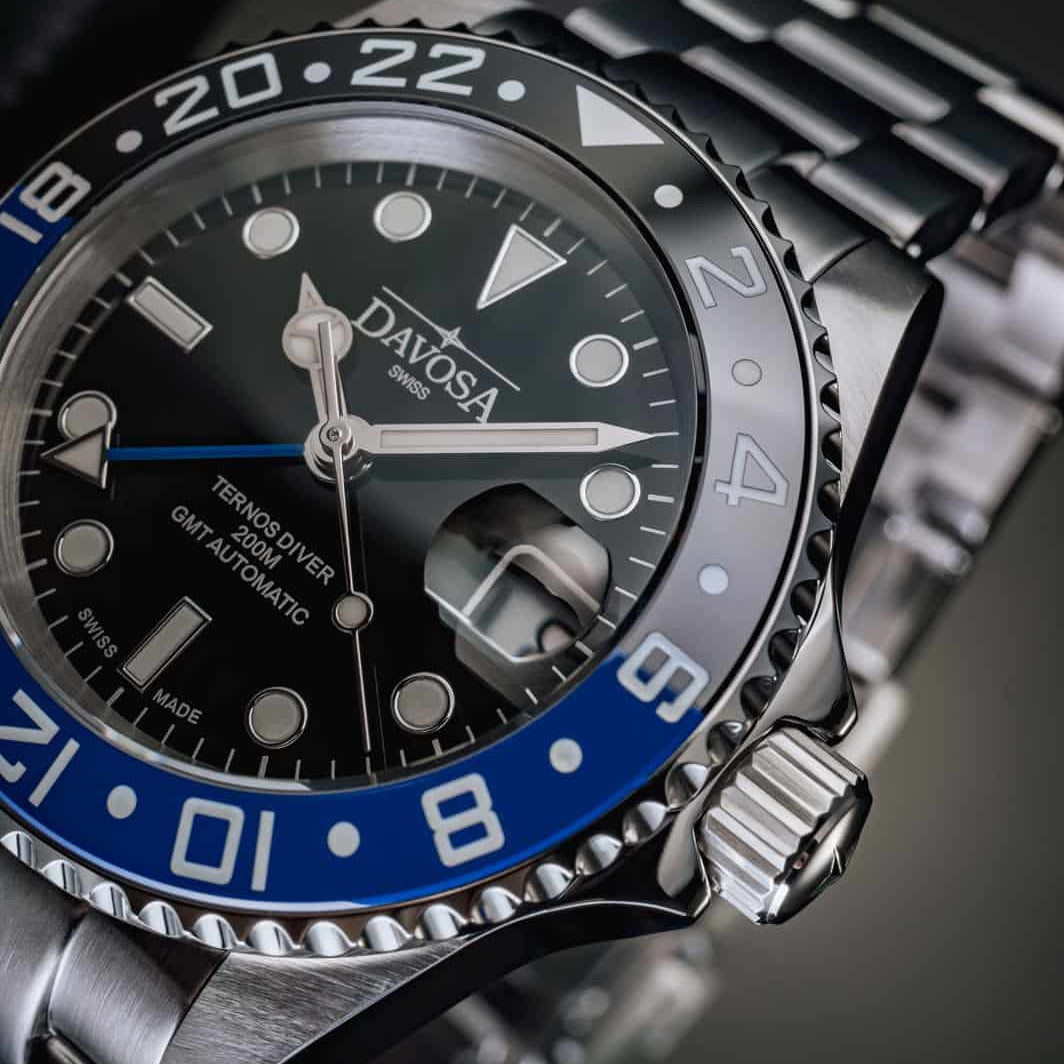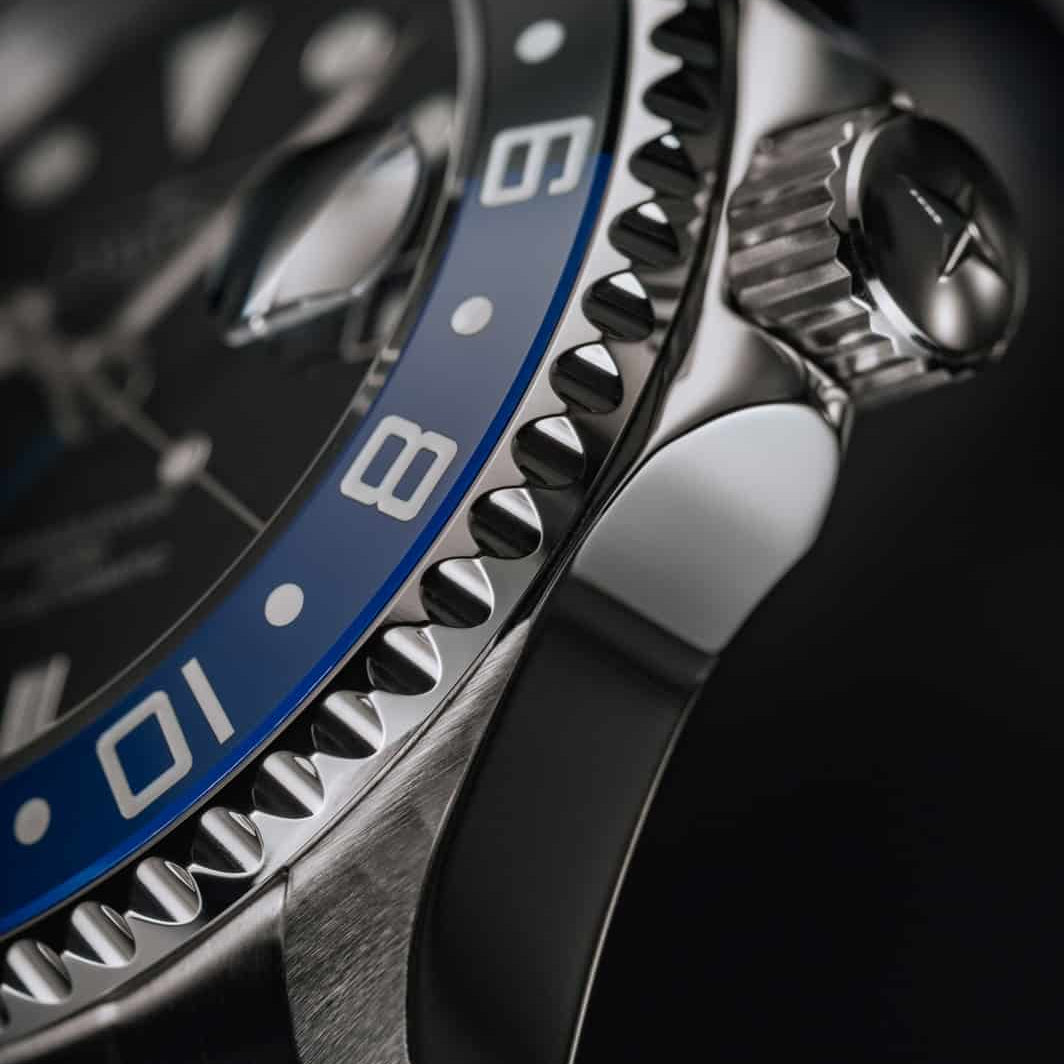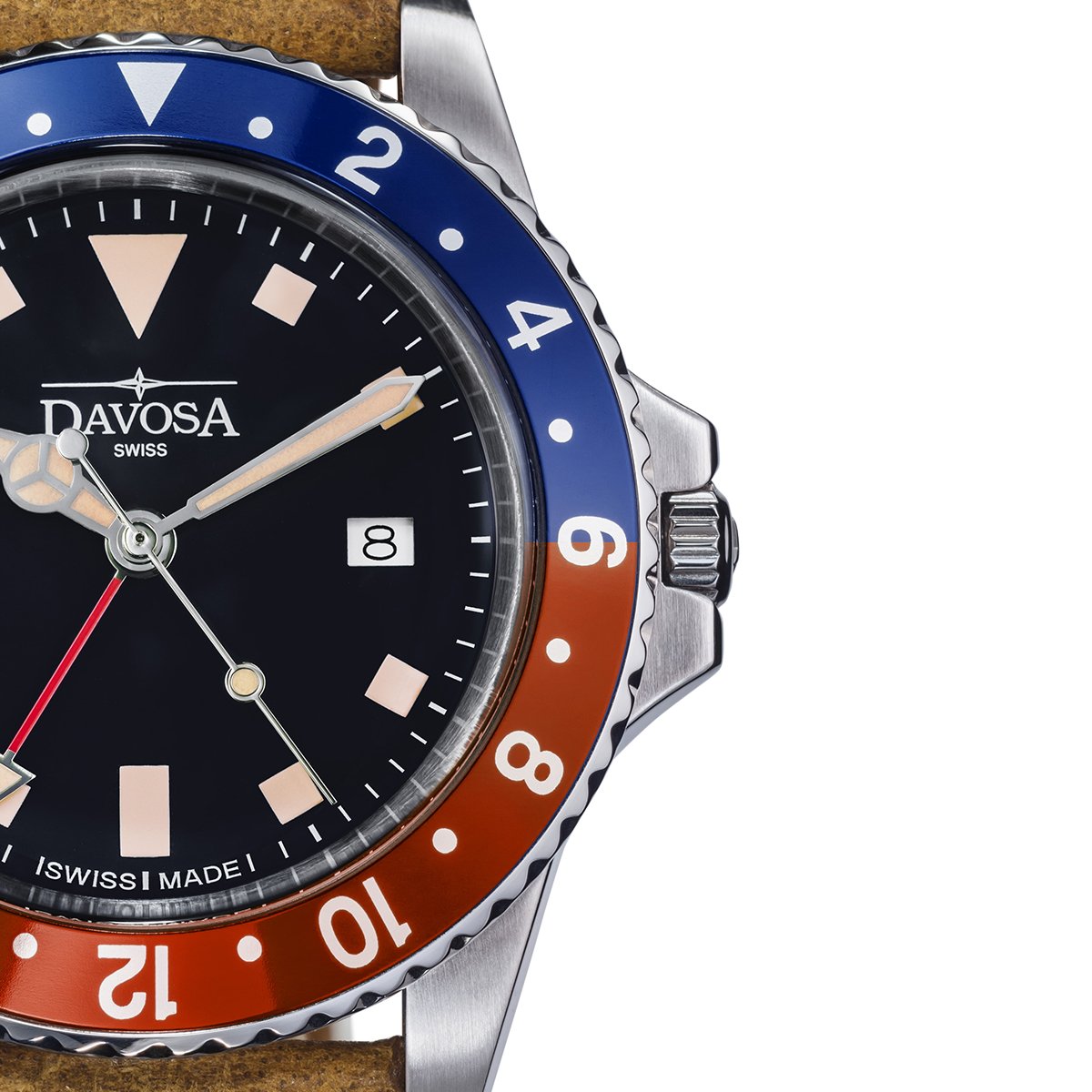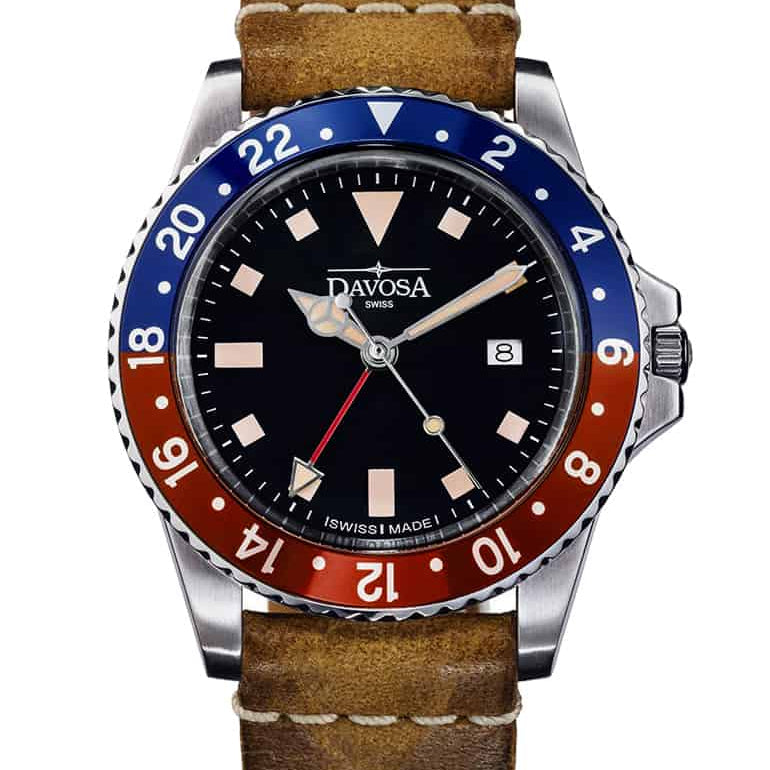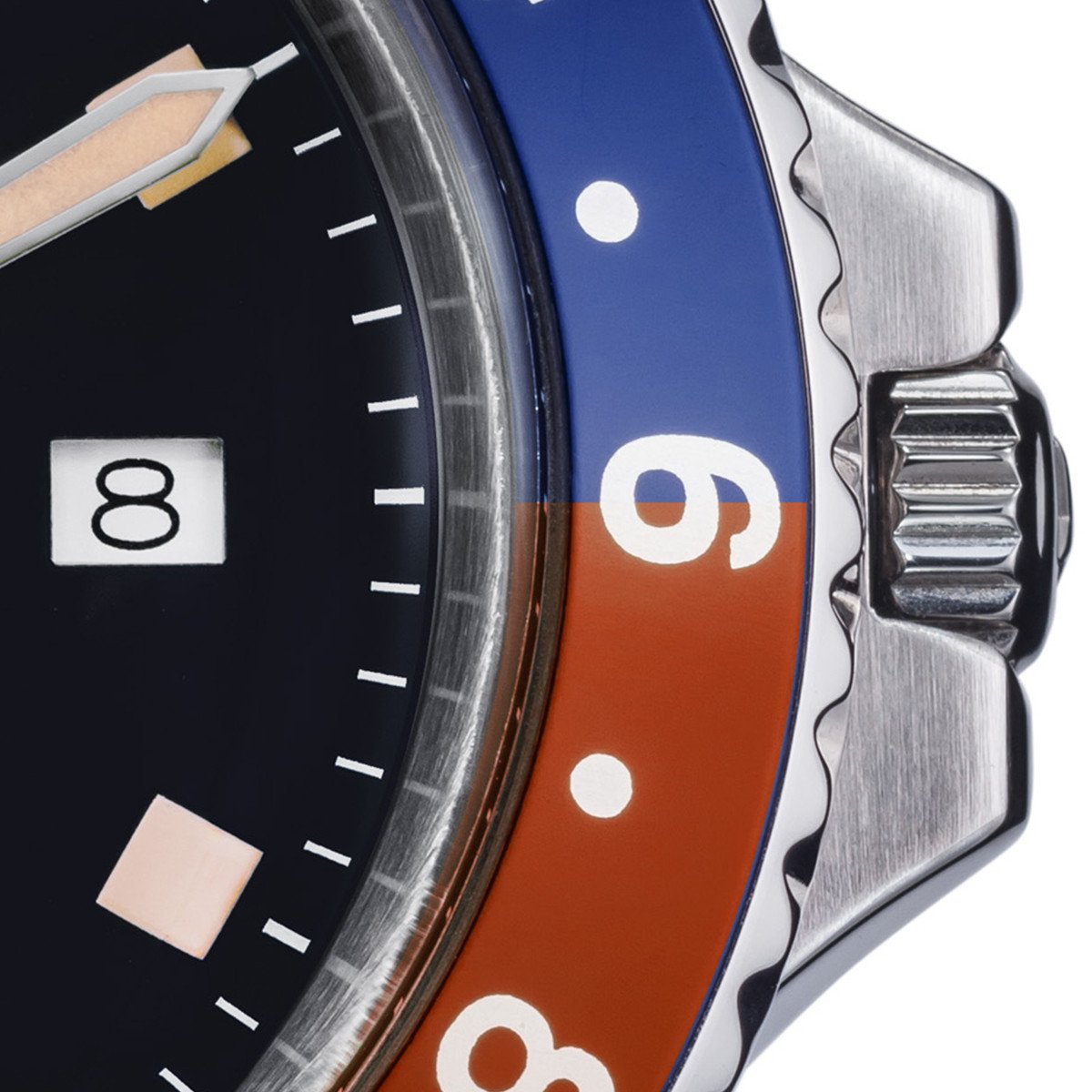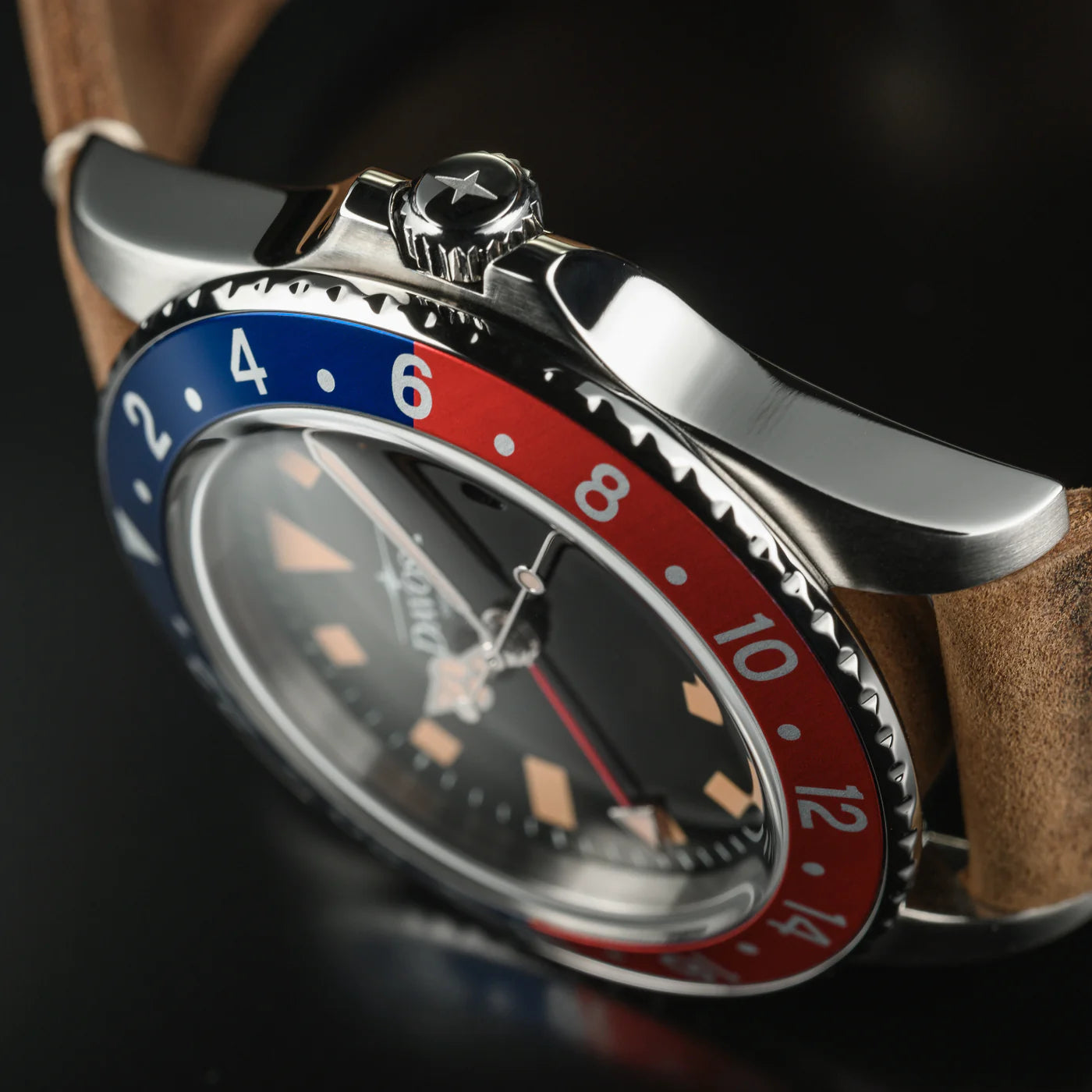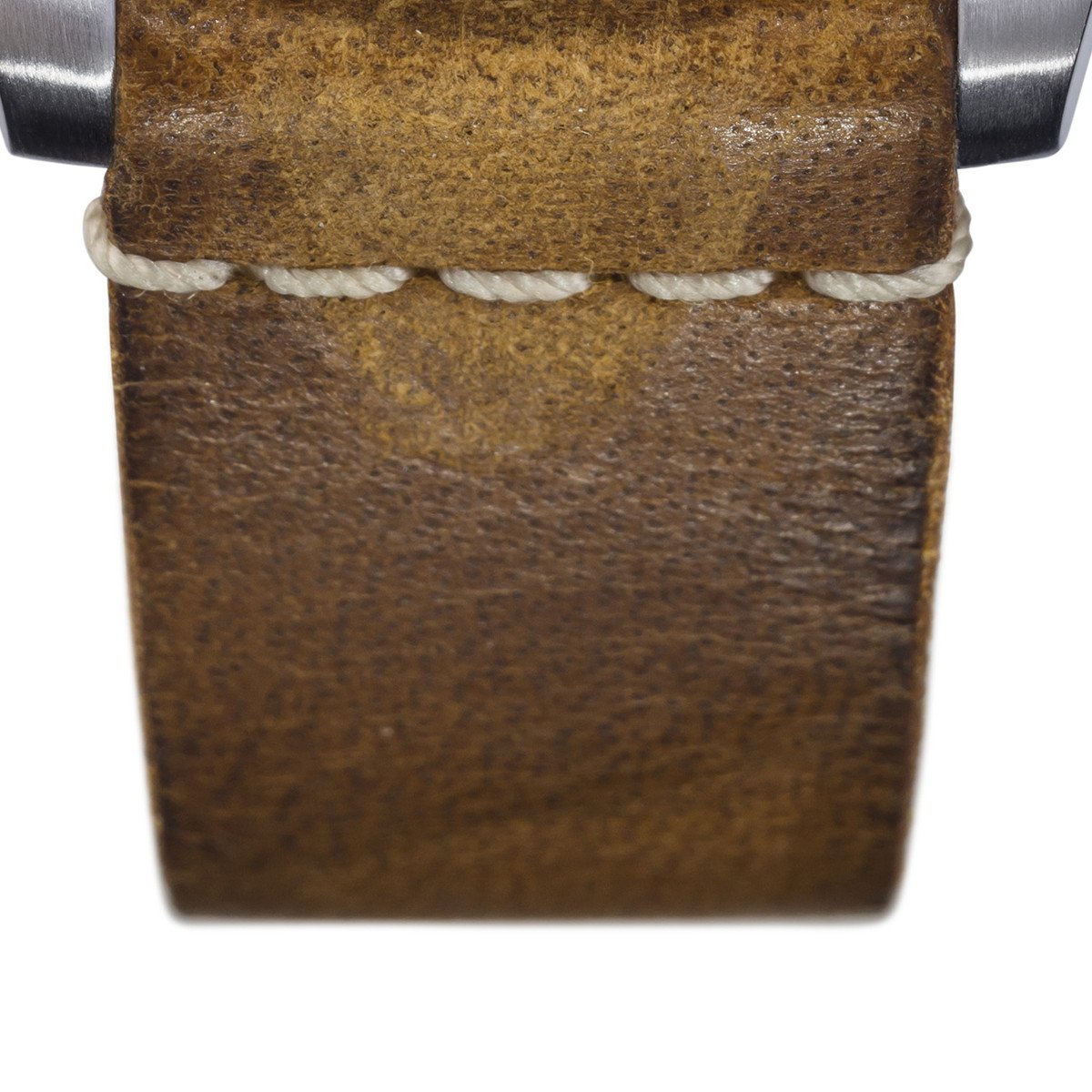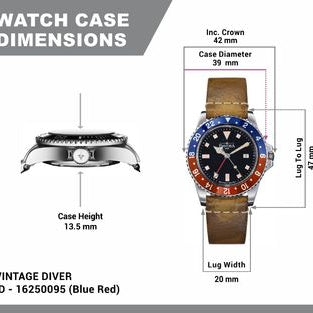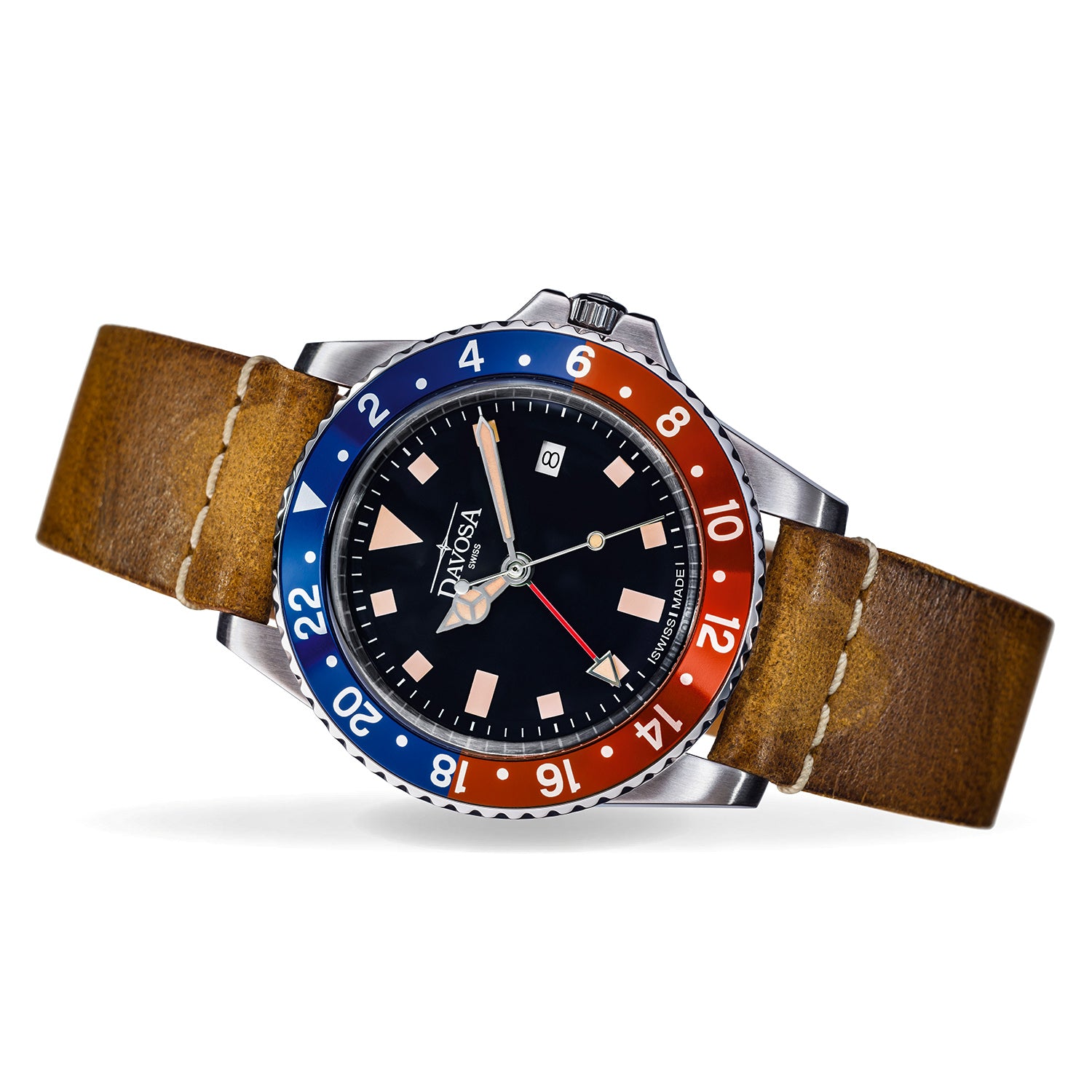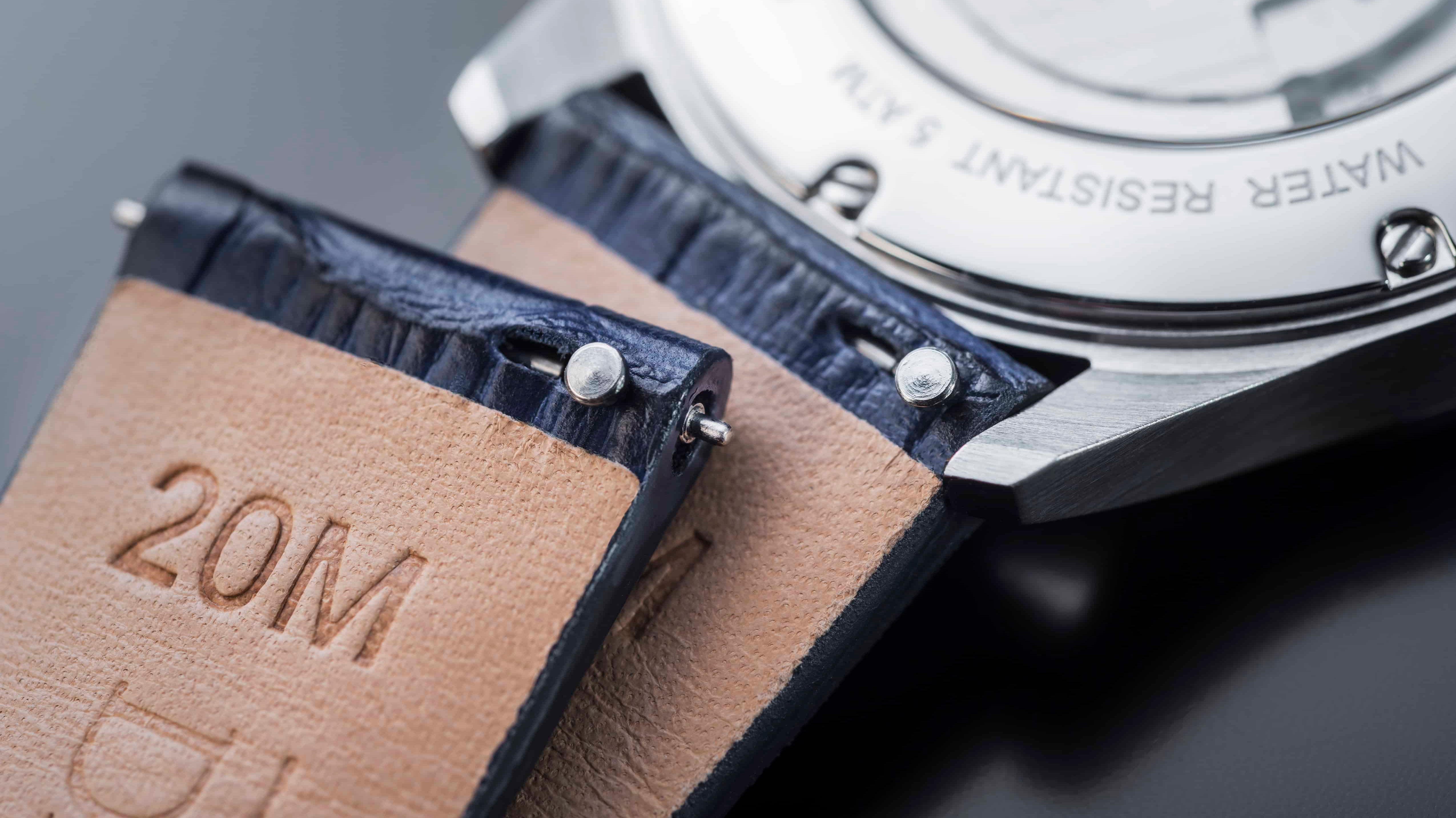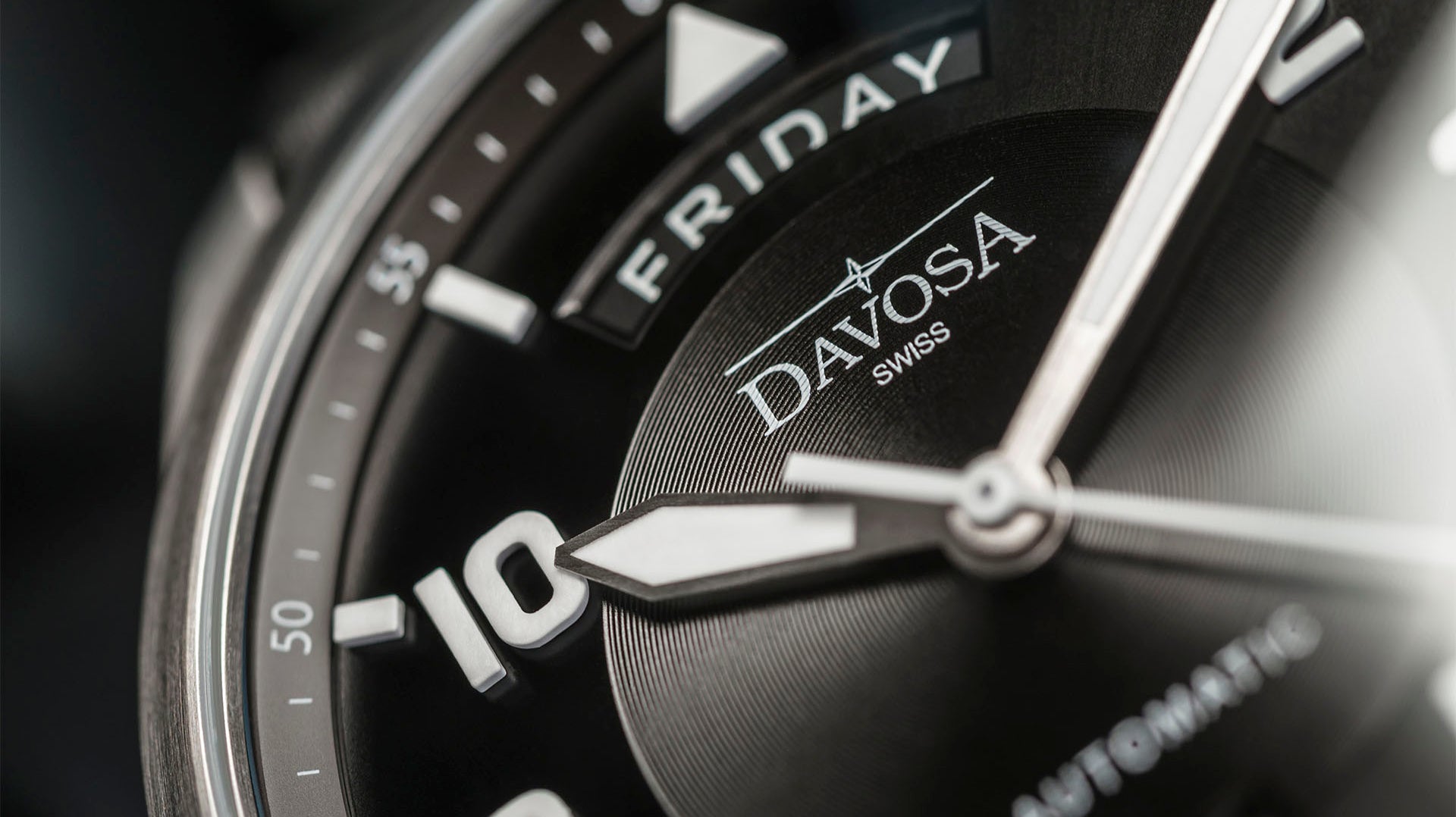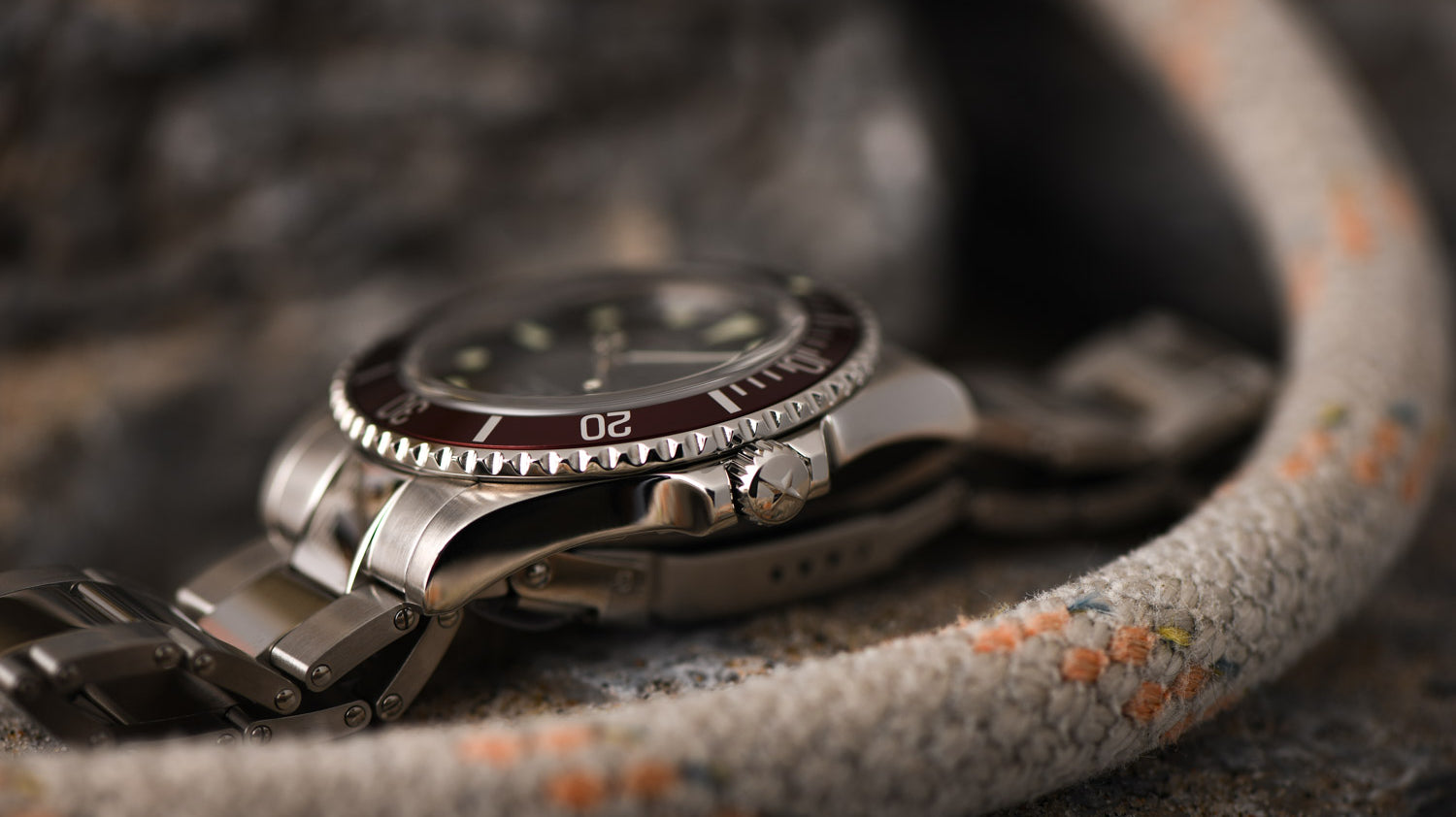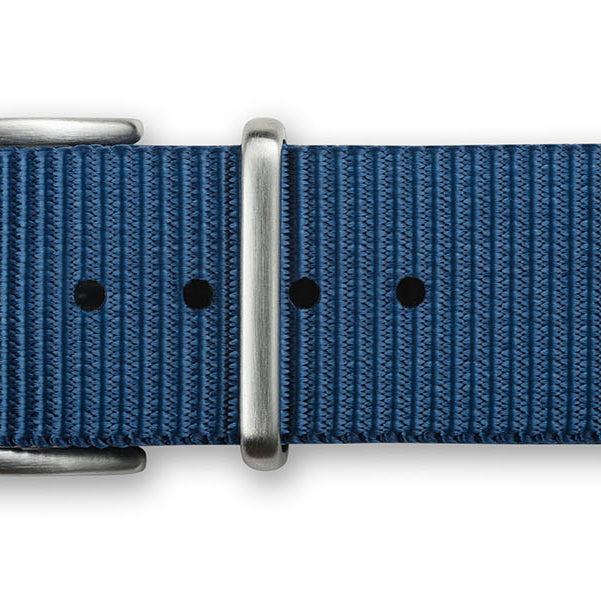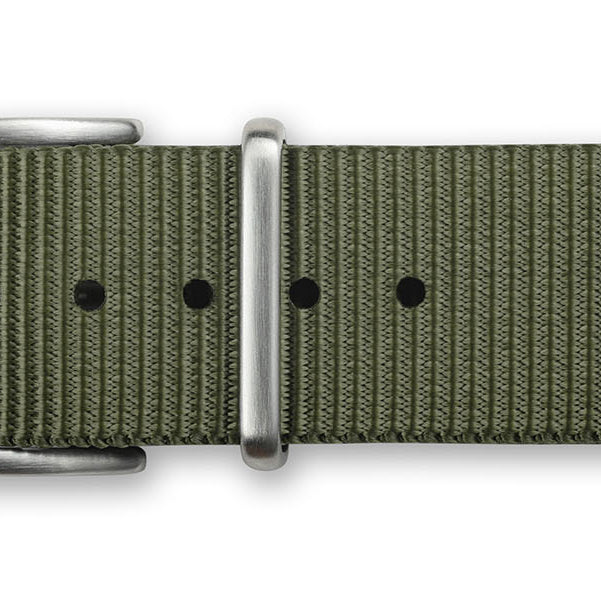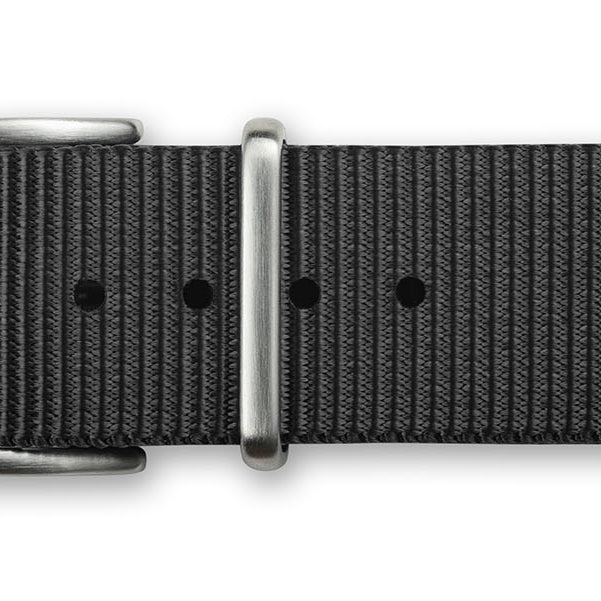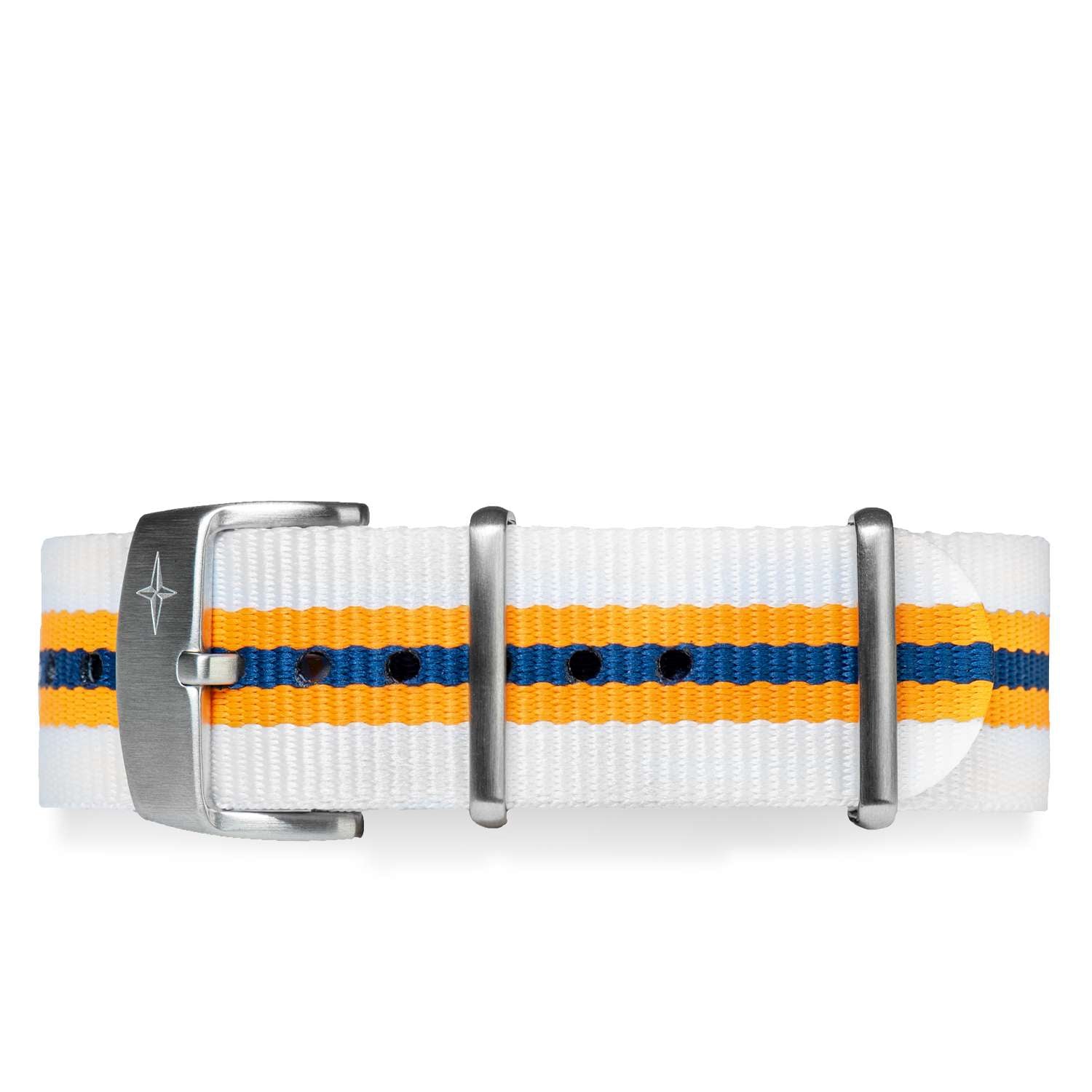The crown, as well as the watch bezel, especially in famous diver watches, are features that haves become familiar to us by now. We use the crown daily to wind watches and set the time. But it wasn't always this way - in fact, it's a very recent addition to the watchmaking universe. So let's discover together how it evolved and who invented it (hint: it's Breguet, but it's not who you think!)
What is a crown of a watch?
The crown is that knurled button found on watches, generally at three o'clock. Still, it can be positioned in other places (or even not there in some cases), and that serves primarily to make adjustments to the hands and wind the watch in the case of manual winding watches.
But as we said, we owe its invention to a brilliant inventor, namely Breguet. But not the Breguet that everyone knows: his son. Abraham Louis Breguet, the giant of watchmaking, probably the greatest watchmaker ever, had a son, Antoine Louis Breguet, who was an excellent watchmaker. But with such a father, very few give Antoine Louis credit for his contributions to watchmaking, including the most important one: developing the first mechanism for winding a watch via the crown.
In fact, until that time, watches used keys to be wound and adjusted, inserted at the center wheel to move the hands, and the barrel to wind the watch. But this, as you can see, was not at all a convenient solution. The keys were small and had to be stored with the timepiece, attached to a chain - and thus risked scratching the watch or getting lost and having to be replaced. So, Breguet's son's invention allowed him to solve a big problem - something that could have lifted the fortunes of the family business.
Unfortunately for him, Antoine Louis lacked what his father had in abundance - a flair for business - and did not consider his invention important, leaving the field open to rivals LeCoultre and Philippe, who patented similar systems a few years later. However, creating the first mechanism of this type is owed to this brilliant yet unfortunate and forgotten watchmaker.
With subsequent systems, the use of the crown was expanded to the adjustment of the hands, to arrive around 1850 to a sliding element on the winding shaft, very similar to what is currently used in the modern keyless works. The crown can be set in different positions and, in so doing, comes into contact with varying trains of mechanisms and thus control other functions: typically the hands and the date, but also more complicated tasks in the case of annual or perpetual calendars.
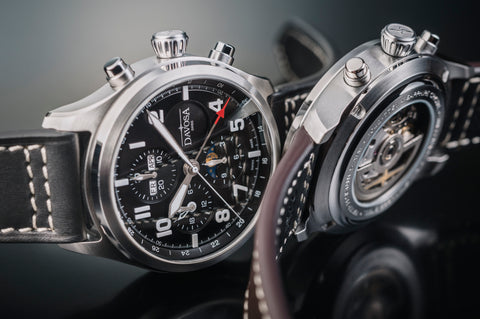
Why is it called a watch crown?
The name of the crown comes from its appearance: its round shape, with lateral protrusions to make it easier to move, actually resembles a small crown.
Let's add then that the first crowns were mounted on pocket watches, which often had a stem at twelve o'clock which commanded the watch movement, and crowns were generally positioned right on top of this stem, just like small crowns. Also, remember that we attribute anthropomorphic characteristics to objects due to the phenomenon of pareidolia. So the watch dial is also called a "face" - and the crown was right at the top, like a real crown!
Type of Watch Crowns
The crown, over time, has taken on a rather specific appearance typical to all Maisons: a kind of ribbed button, often decorated on the outside with the manufacturer's logo, which is fixed by screwing to the winding shaft, which fits inside the mechanism of the watch and commands it.
However, although the crown was originally placed at twelve o'clock, it has moved along the watch case over time for different reasons. Specifically, especially at three o'clock, which is the most commonly used position in wristwatches, as it is the one that proves most comfortable once the watch is worn on the left wrist. However, some timepieces have the crown reversed, at nine o'clock, a position that makes them more comfortable for left-handed people.
In some cases, such as tool watches, the crown is protected against shock by protrusions of the case that act as guards.

Regular (push-pull) crown
The regular crown is called a push-pull crown because in the rest position, i.e., pressed, it allows the watch to be wound (when this is possible, depending on the mechanism). In contrast, when it is pulled out in various positions, it allows other trains of wheels to be operated that change the time and date.
Screw-in crown
In watches that need greater protection from the elements, such as diver's watches, the crown has a more complicated but more secure locking mechanism, i.e., it is screwed down to the case. Therefore, it must be unscrewed and then pulled out of its housing to adjust the hands. This solution was first developed by Rolex in 1926 and continues to be used today.
Recessed crown
Some watches have crowns that fit inside special recesses in the case and therefore are invisible when viewed from above: this was the solution adopted initially for the Seiko 5, which had the crown placed at 4 o'clock. This choice was made for two different reasons: the first was of design, highlighting the fact that there was no crown (and so, no winding was needed). The second was similar: that the watch was automatic and did not have to know how to wind an automatic watch, since it was impossible - and in fact, the crown was small and awkward to reach for this reason as well.

No crown
Some watches have no visible crowns. And we are not talking about modern watches: the first such watch was the first modern automatic watch, built by John Harwood in 1928. It had no crown because the automatic mechanism could only be wound by the movement of the wrist; to adjust the hands, this watch used a particular mechanism operated by the rotation of the bezel. Another similar watch, from a few years later, was the FutureMatic from Jaeger LeCoultre. Also, there was no visible crown and automatic winding in this case: the hands were operated by a button placed under the case.
Why do some watches have two crowns?
Some watches surprise us because they have two crowns, or even more. This happens because the first crown is used to employ the "standard" mechanisms of the watch, while the other crown (or others) operates other mechanisms.
For example, in the so-called Supercompressor cases, the second crown is used to rotate the bezel, which is mounted inside the crystal. In other timepieces, such as alarm watches, the second crown is used to wind the second barrel, which operates the alarm, and allows you to select the time at which the alarm should sound.
More, some timepieces have several movements mounted inside the same case, and each is controlled by a crown. For example, there are unique watches that have up to four movements, which can be independently adjusted to show the time in four parts of the world.
How much does it cost to replace a crown on a watch?
Usually, the crown is not very valuable unless made of precious metal. But what does have a great value is its availability - or lack of it. Unfortunately, the big companies have restricted, sometimes considerably, access to spare parts by the network of independent repairers.
This means that most manufacturers do not provide original parts to repair watches, especially vintage ones, which often remain in a kind of limbo. The alternative is to use compatible elements, which is not a big problem for what concerns a crown but still compromises the watch's originality.
So, the problem is essentially this: installing a part that is perhaps not original but perfectly compatible, which costs maybe a tenth of what the original part would cost. We are not the ones who have to make assessments about this behavior from the watch manufacturers, so we leave the judgment to our readers.

Main Takeaways
The crown represents another accessory element that has actually done a lot to make our watches what they are today. It is often forgotten that the crown is actually one of our timepieces' most important and characteristic elements.
Therefore it is necessary to rethink and remember the crown, and its almost forgotten inventor, Antoine Louis Breguet, since he has helped make the watches truly modern.
The Davosa-USA.com website is NOT affiliated in any way with Audemars Piguet, Franck Muller USA, Inc. Richard Mille or Richemont Companies, Seiko, or any other brand which is not Davosa Swiss. Rolex is a registered trademark of Rolex USA. Davosa-USA website is not an authorized dealer, reseller, or distributor for Rolex and is in NO WAY affiliated with Rolex SA or Rolex USA or any other brand besides Davosa Swiss. |


